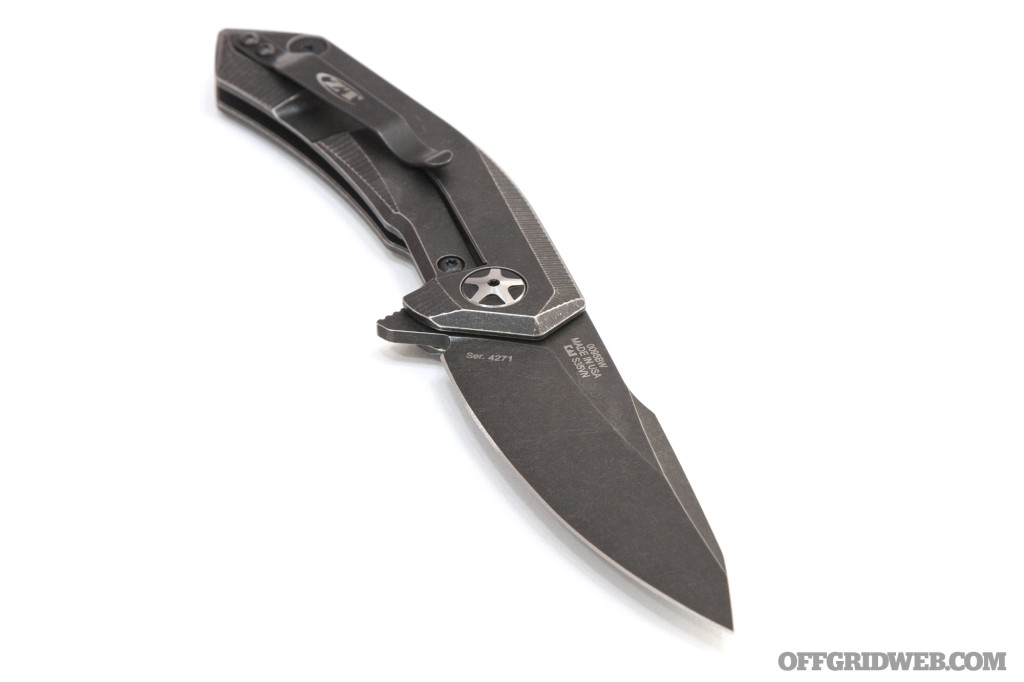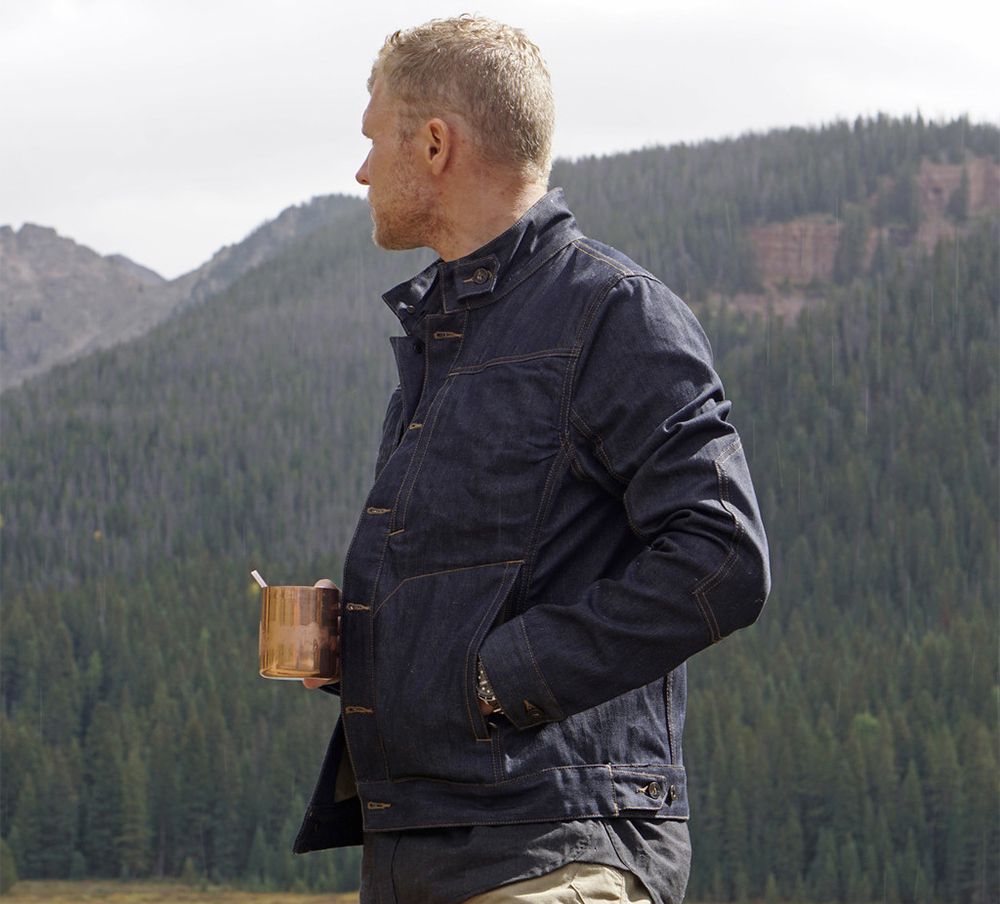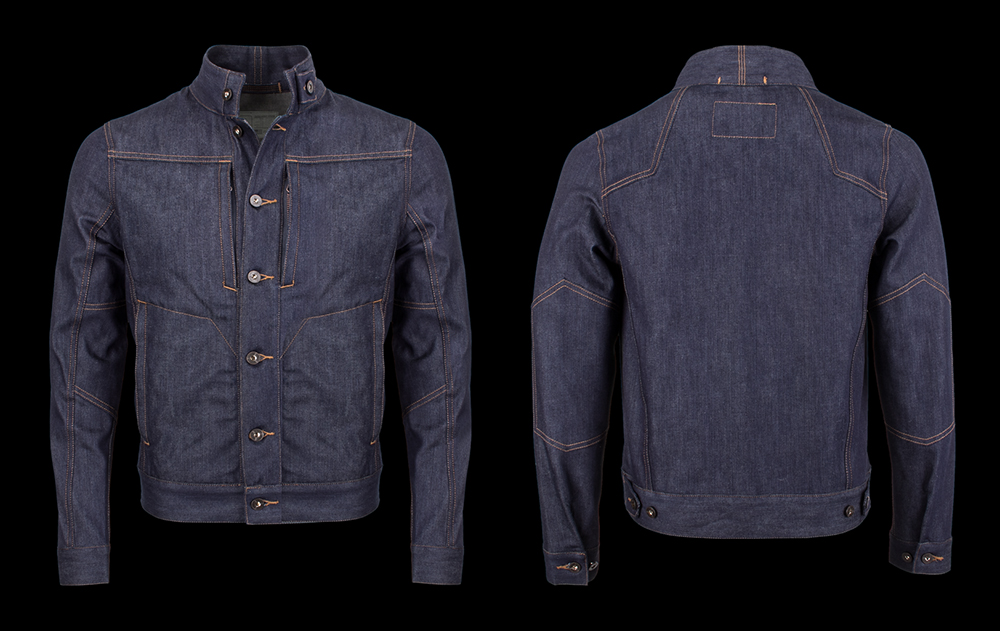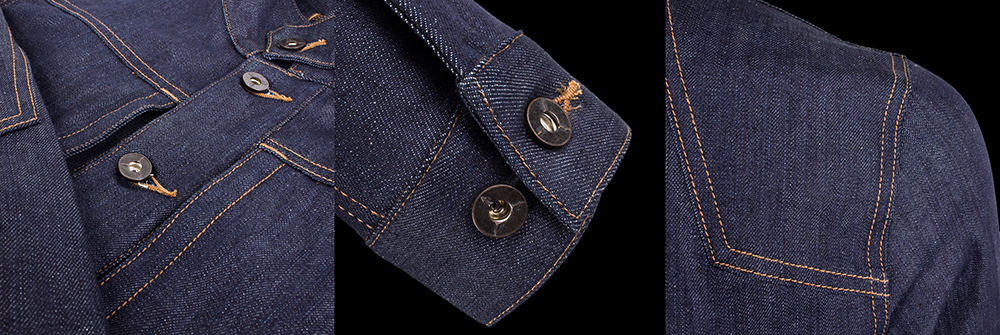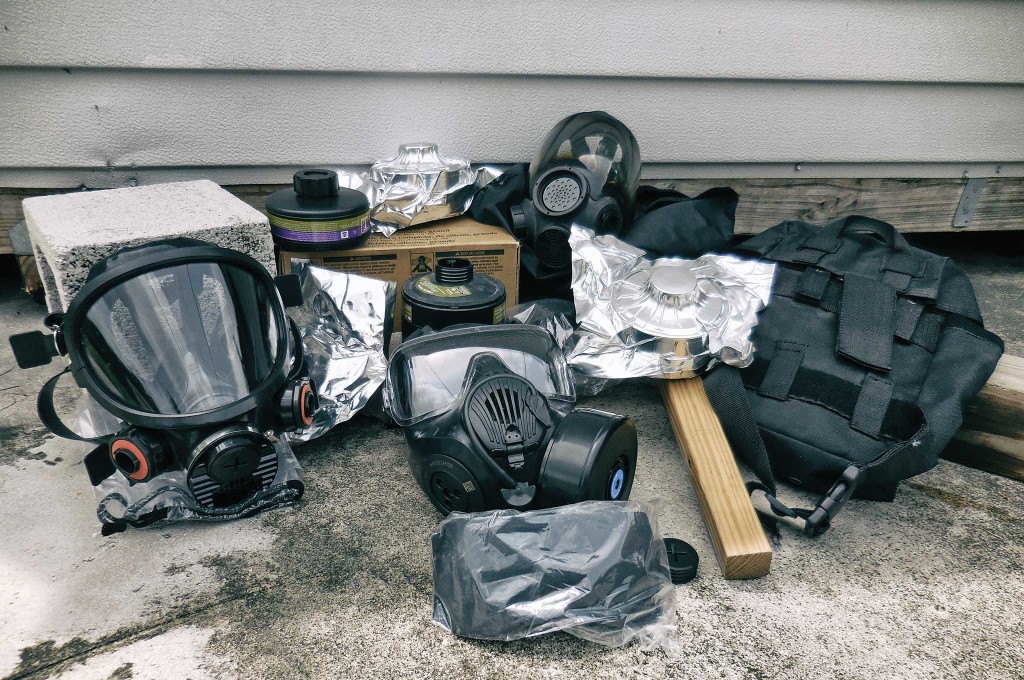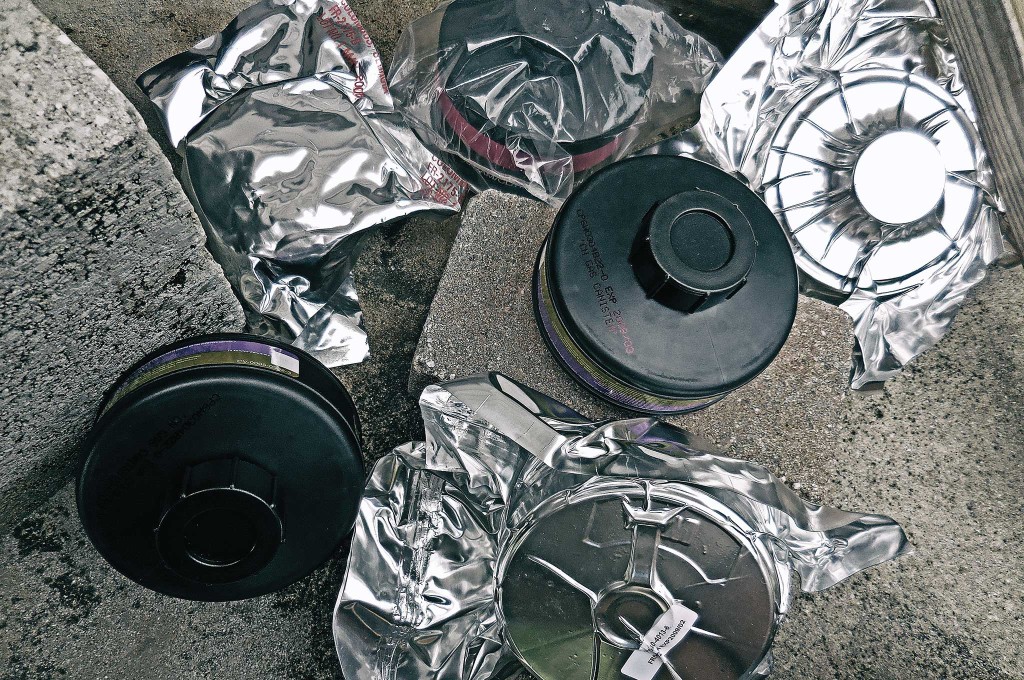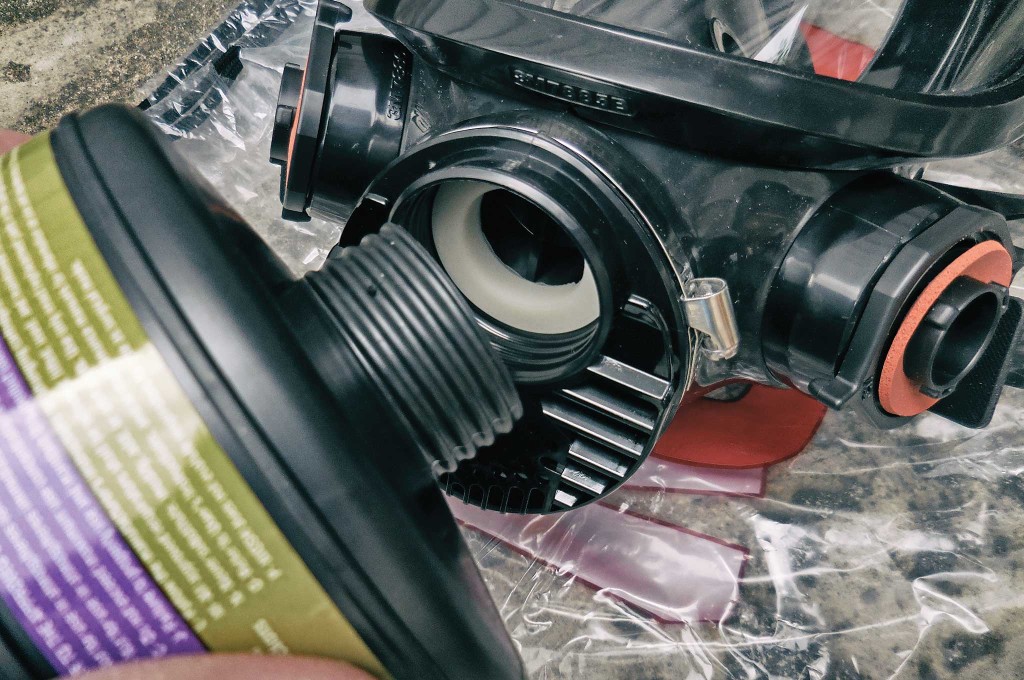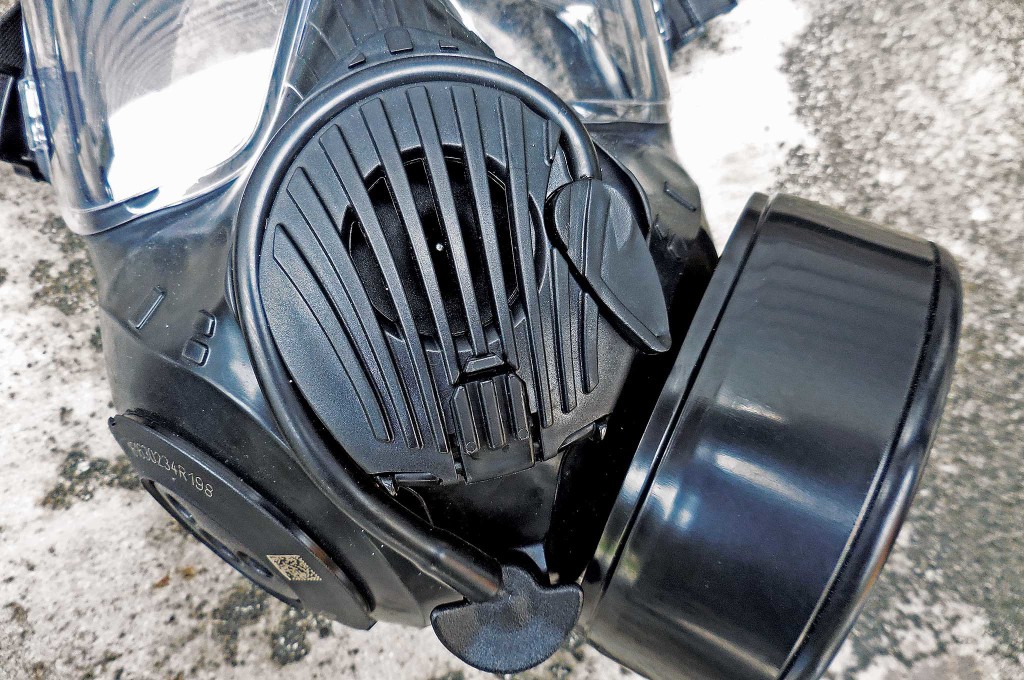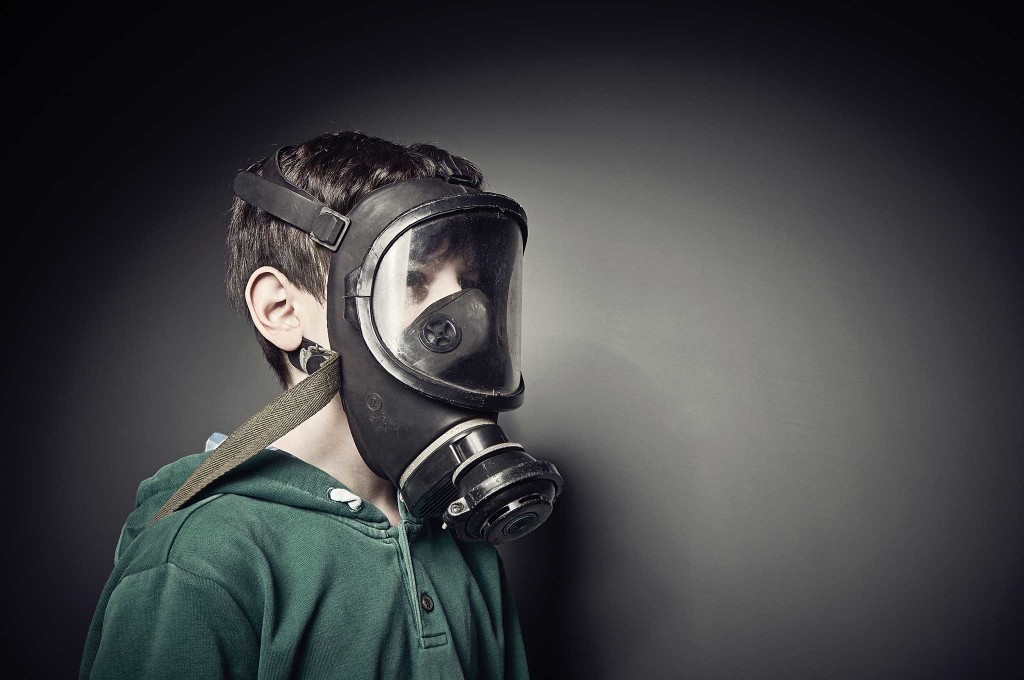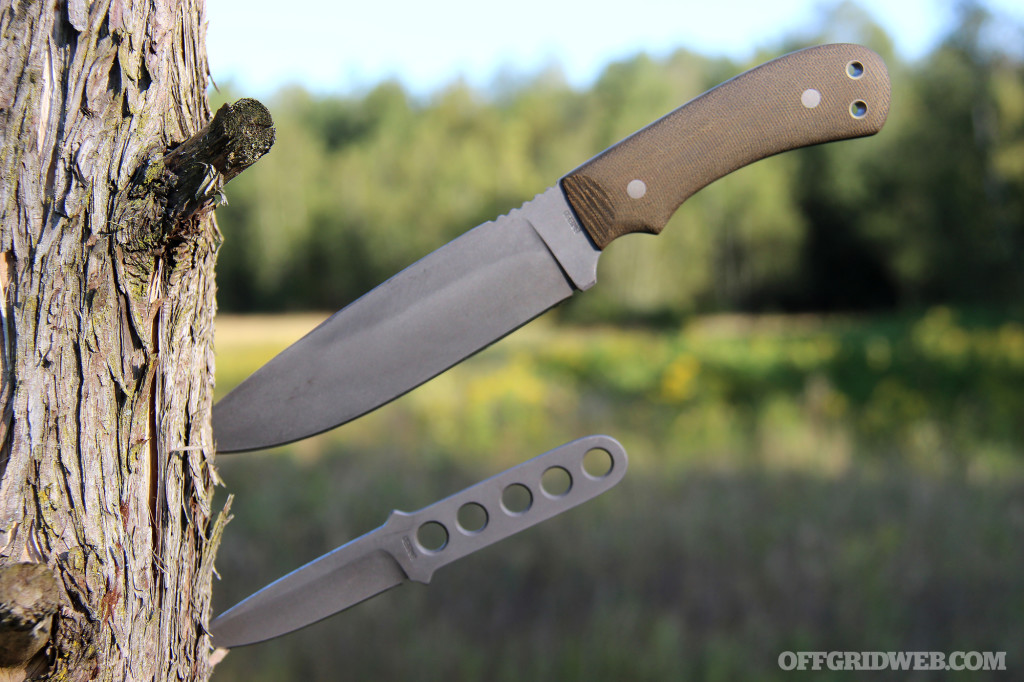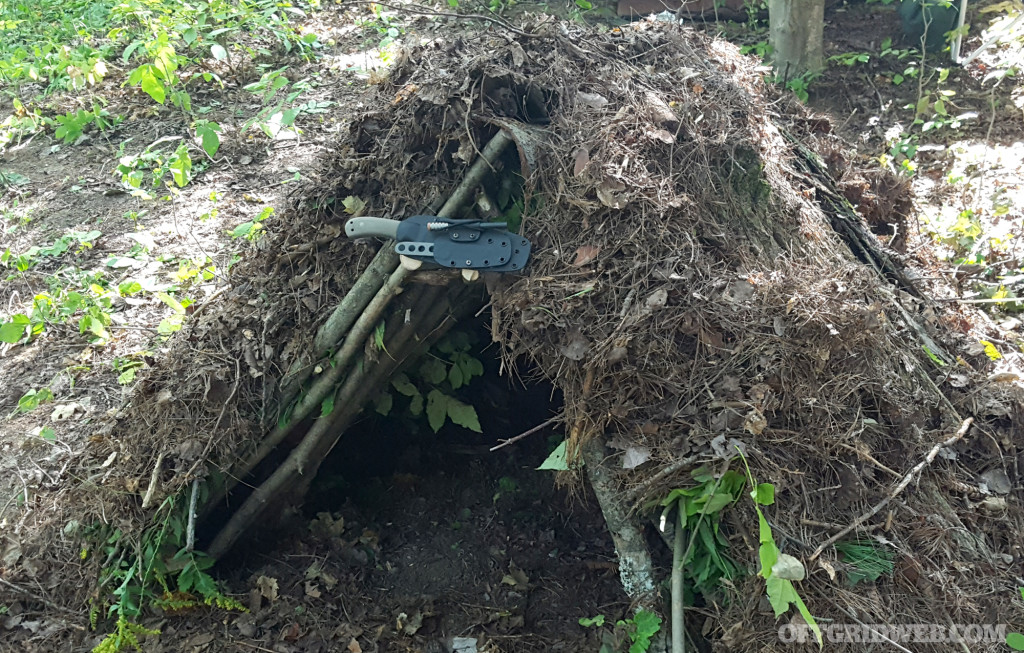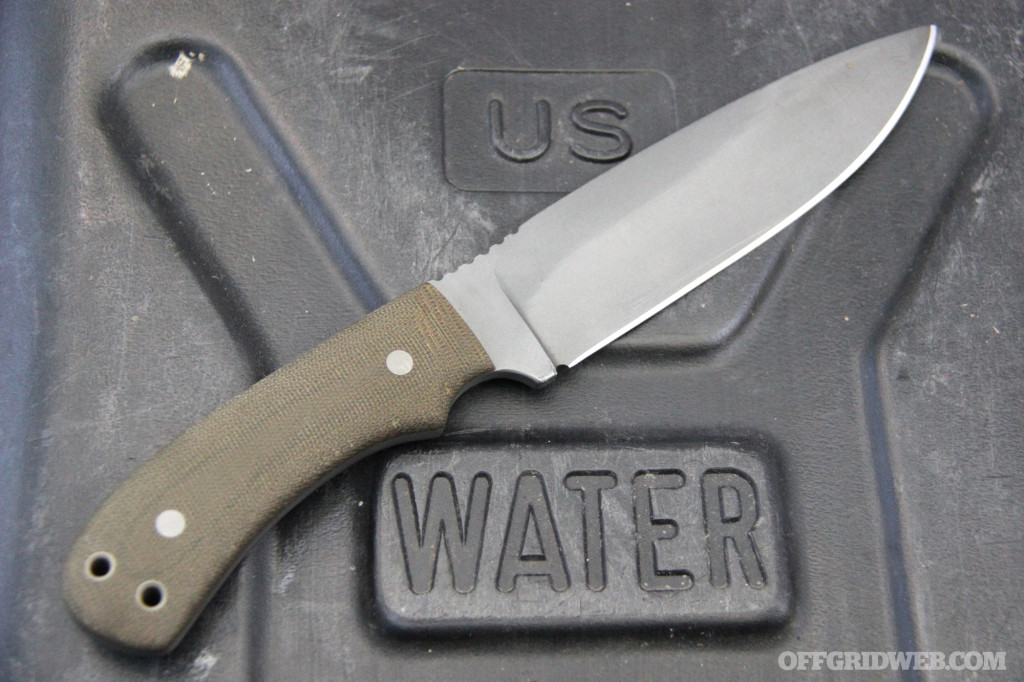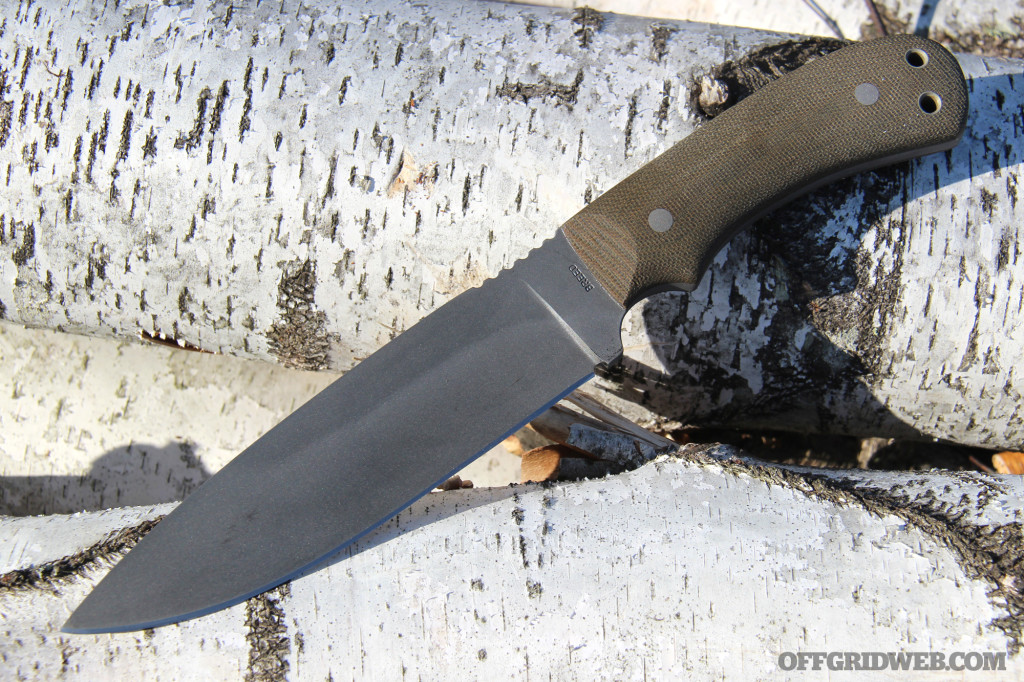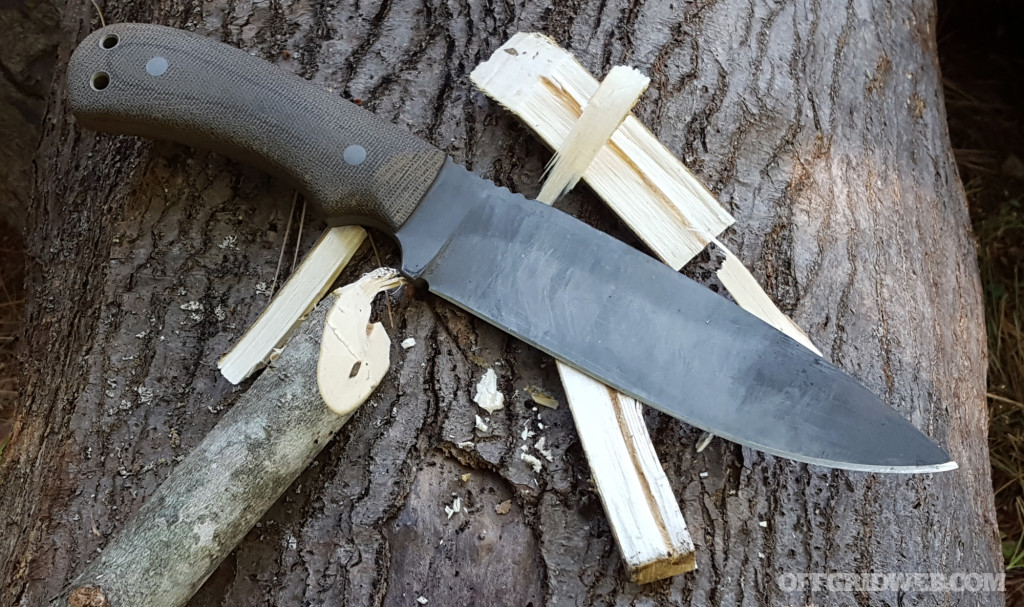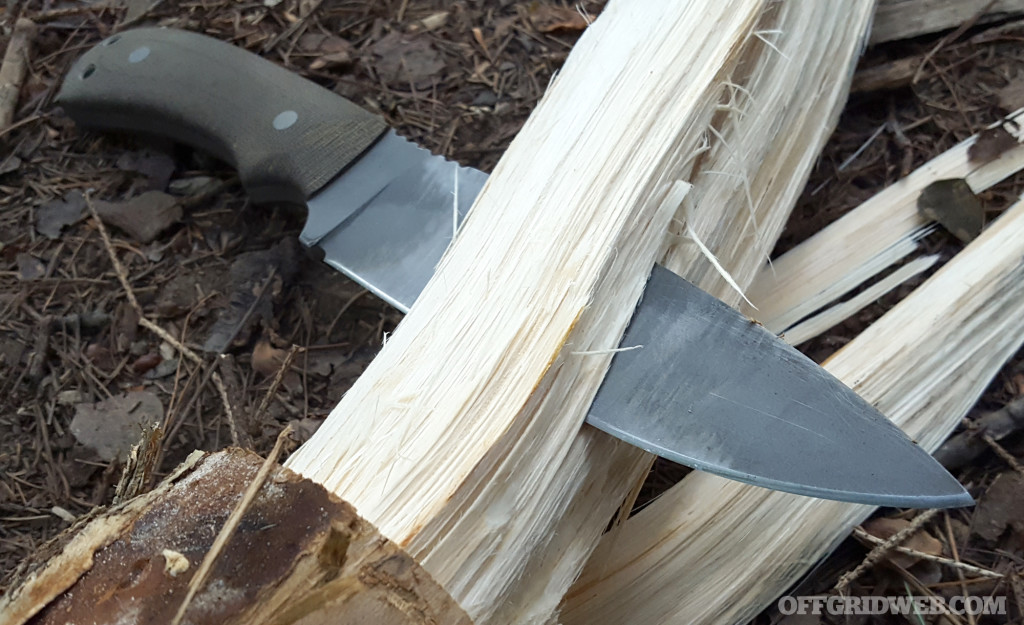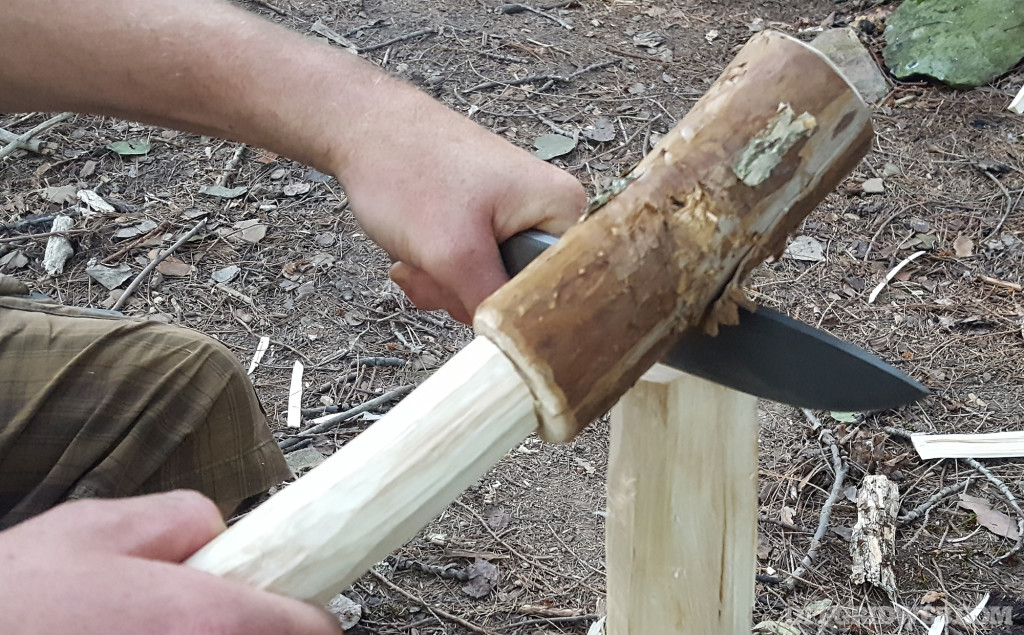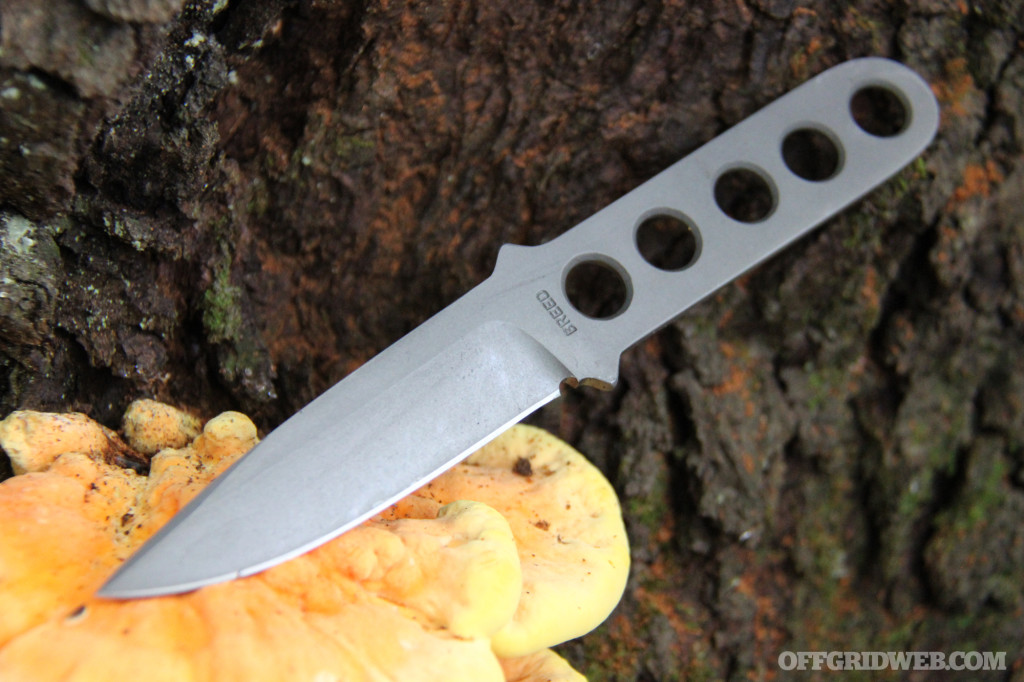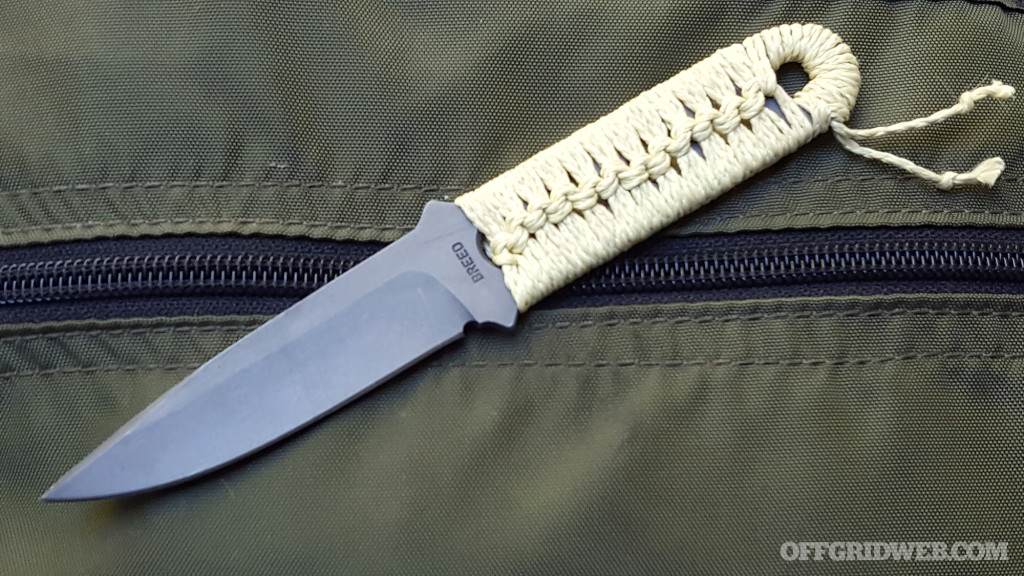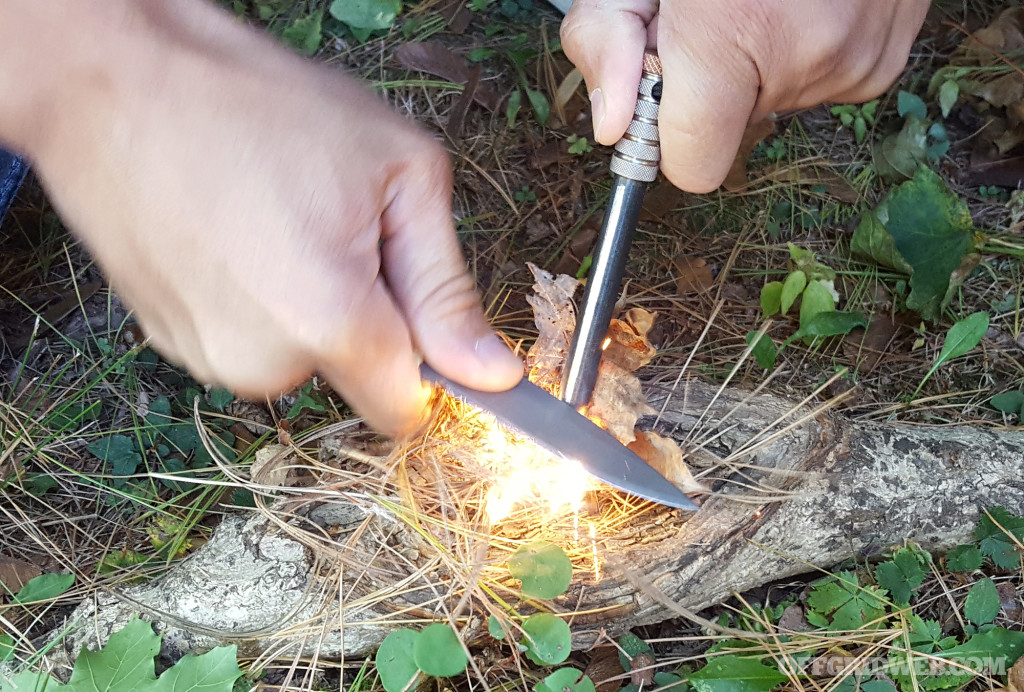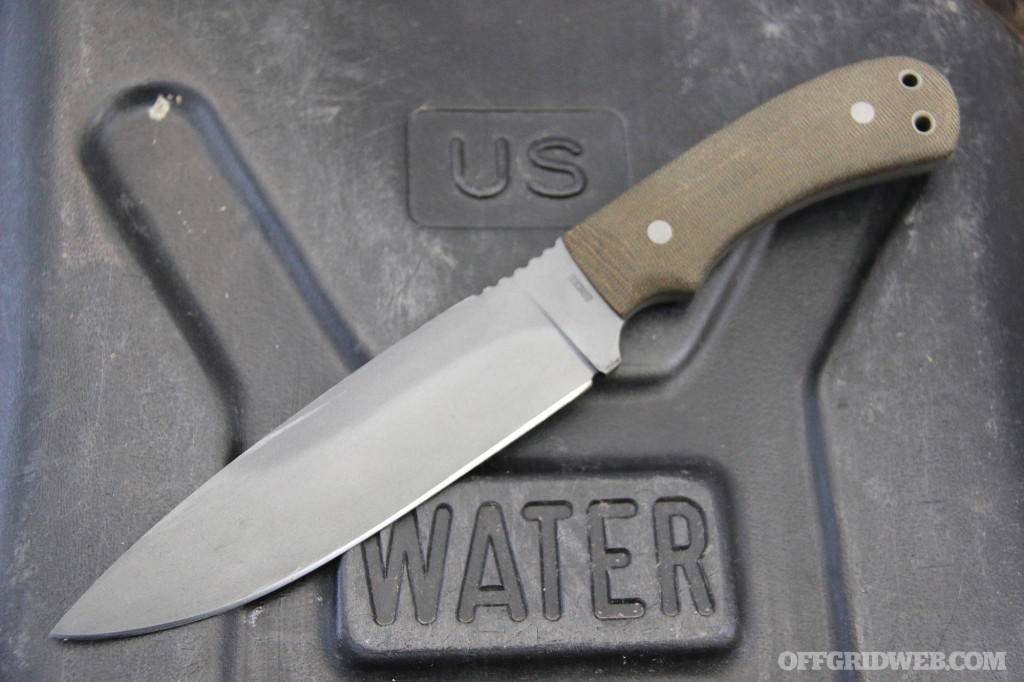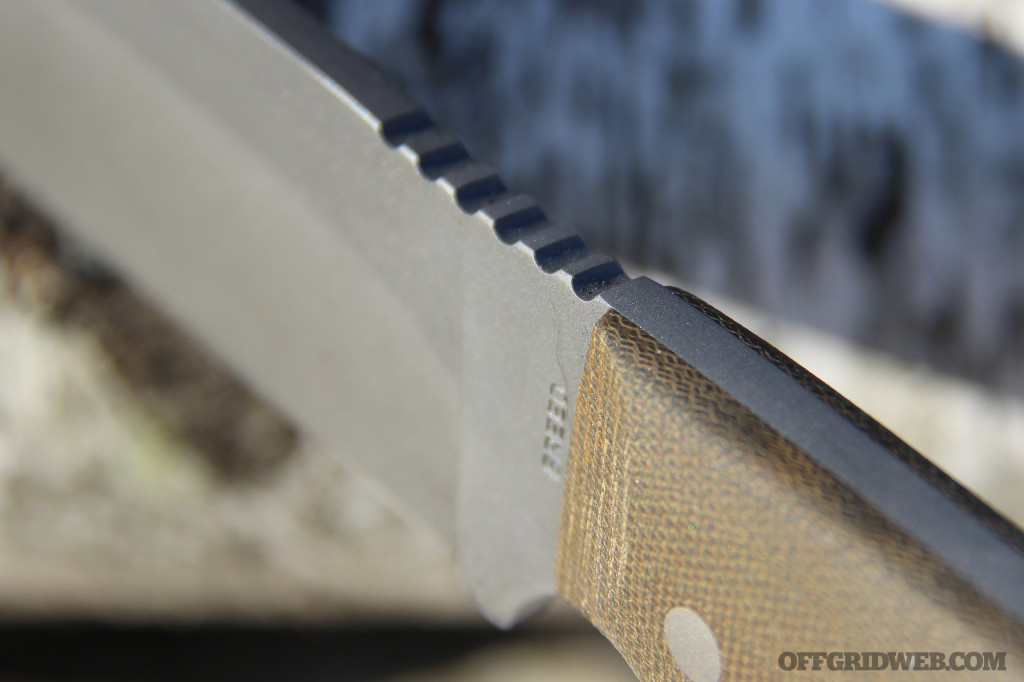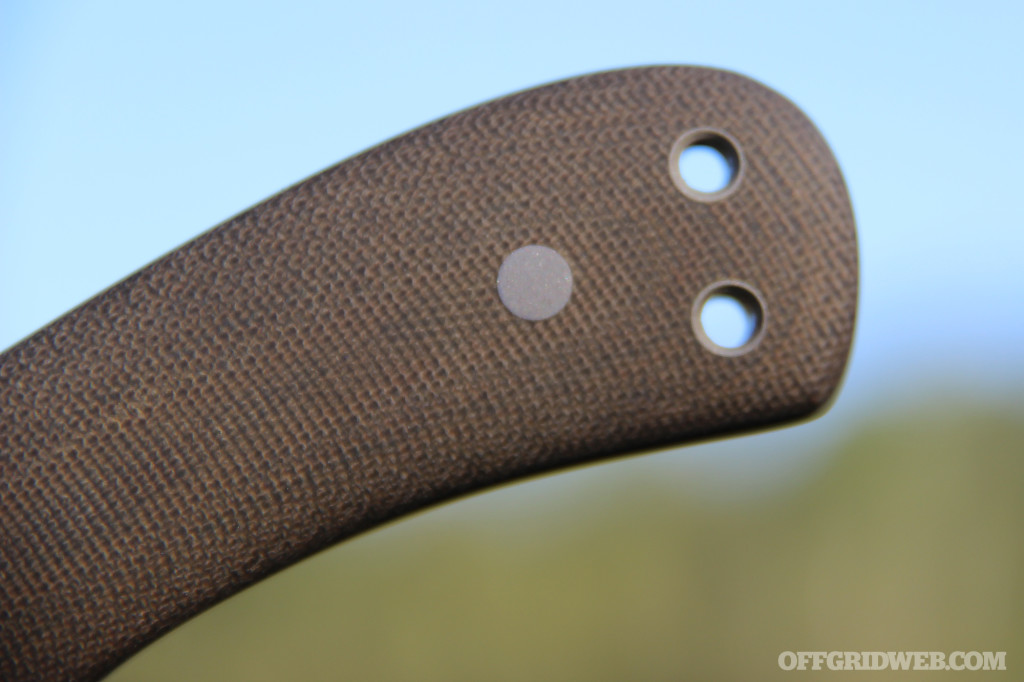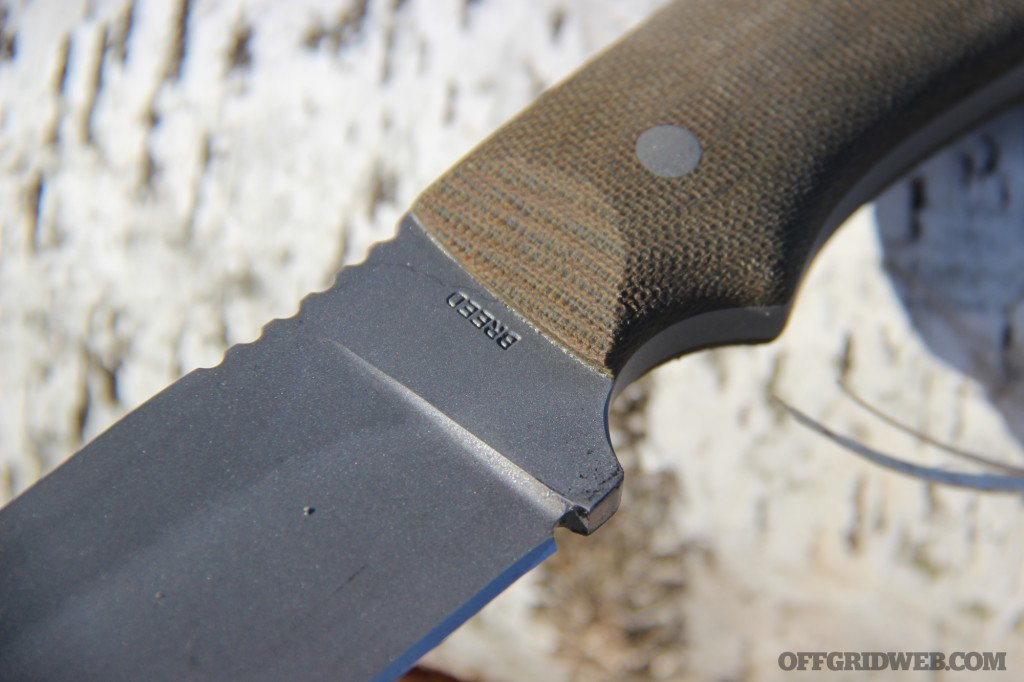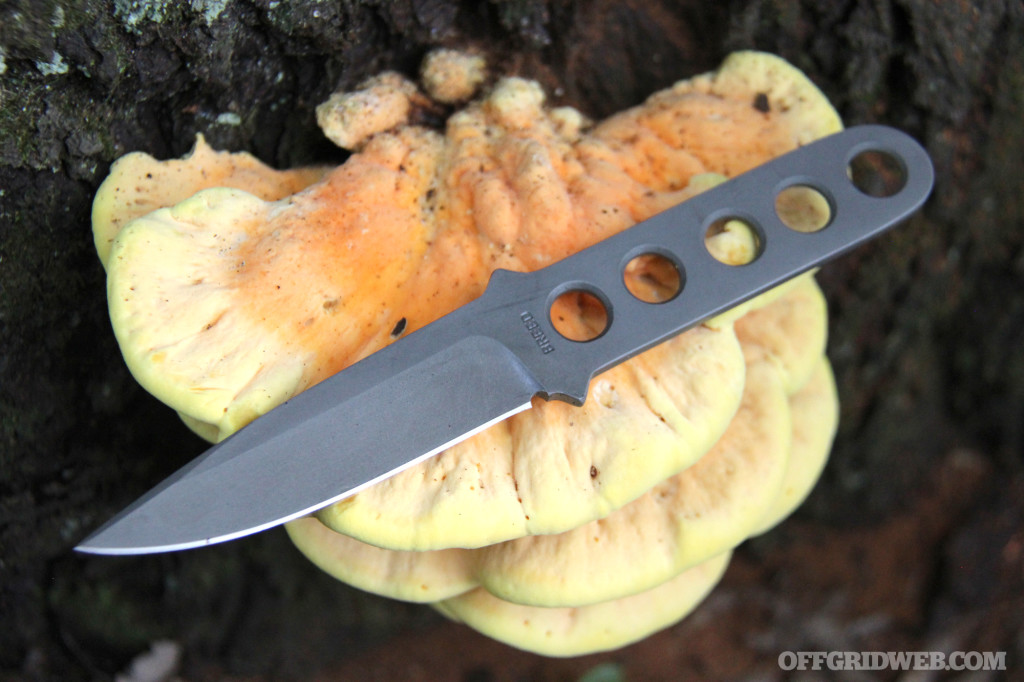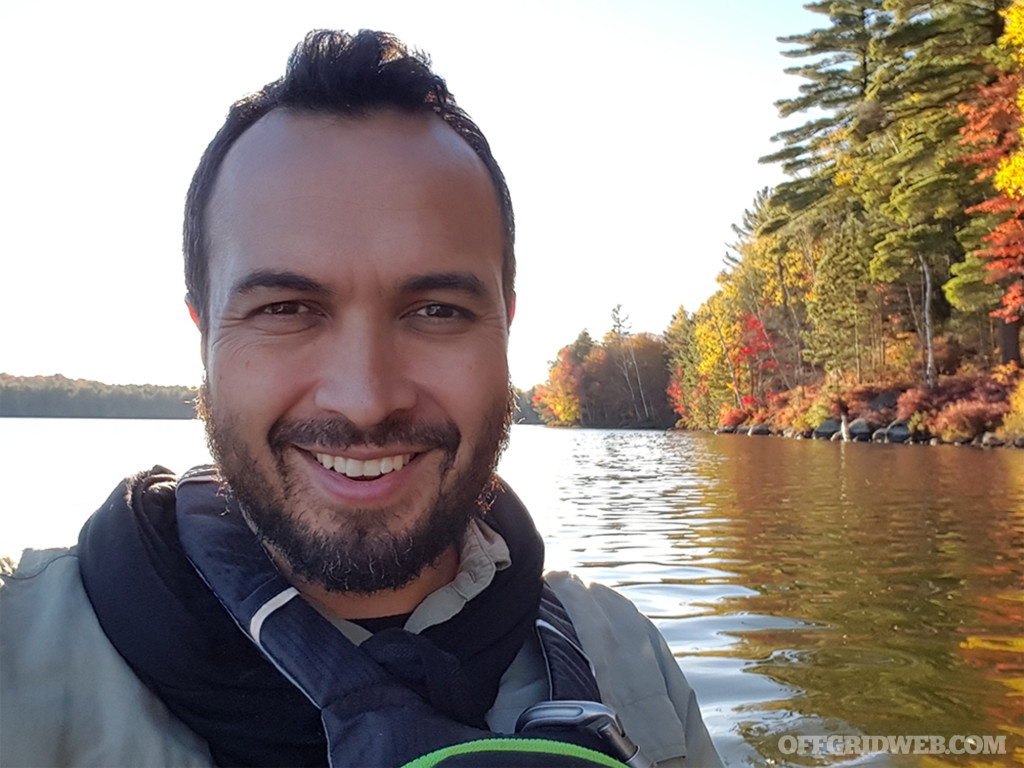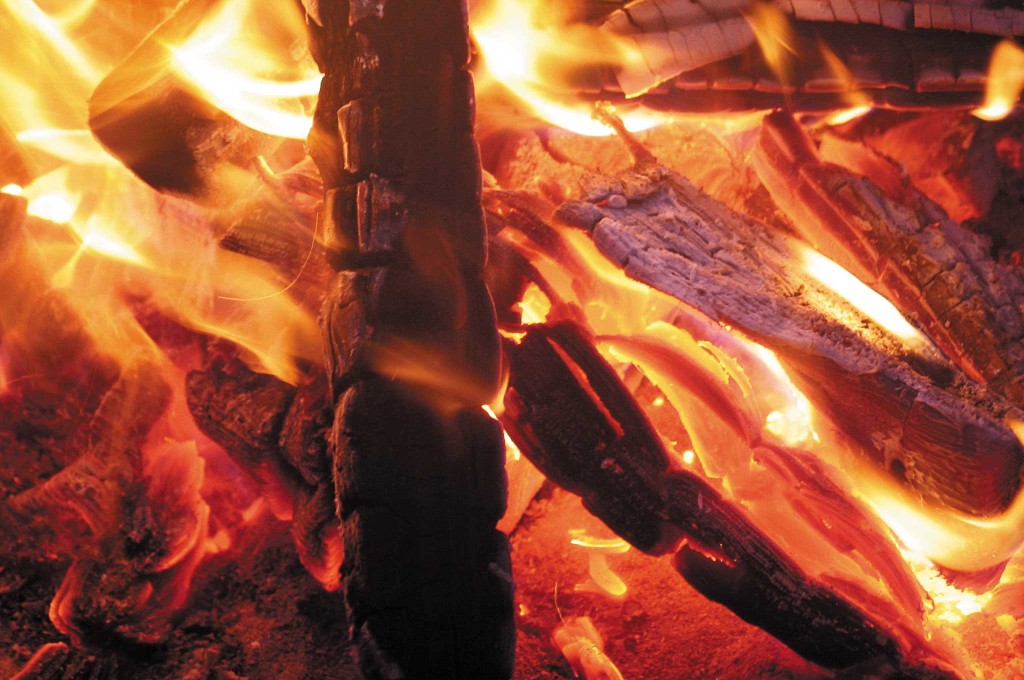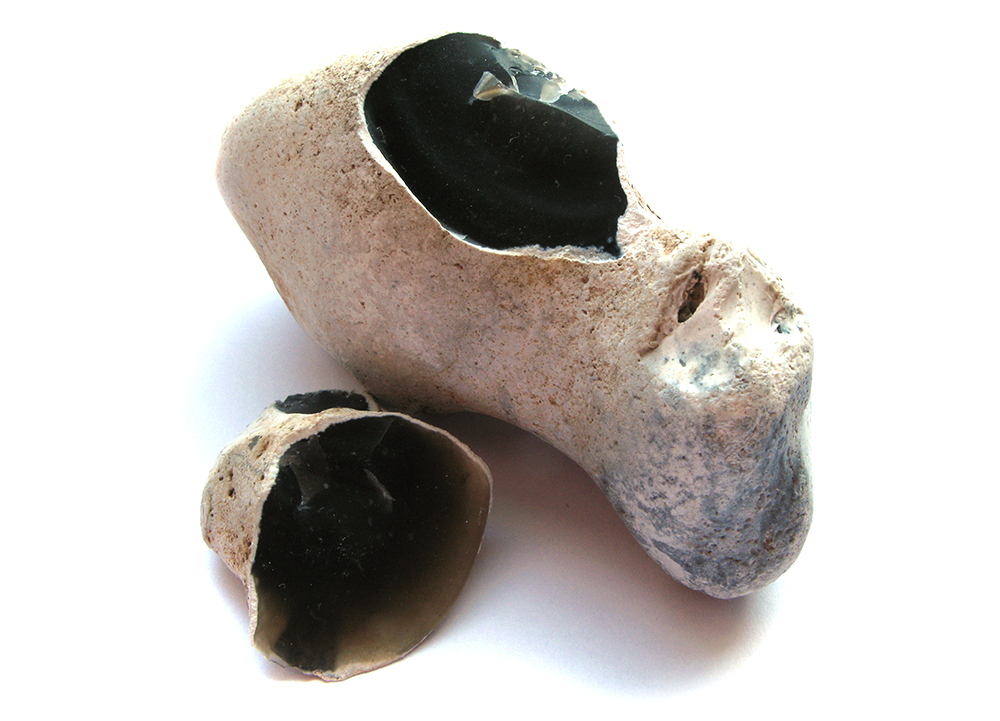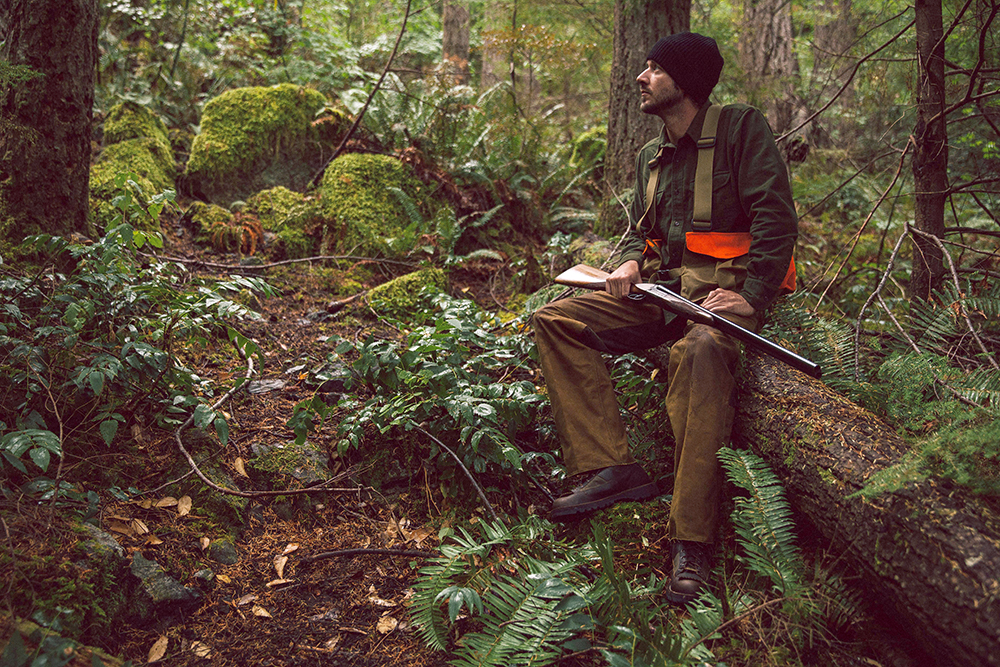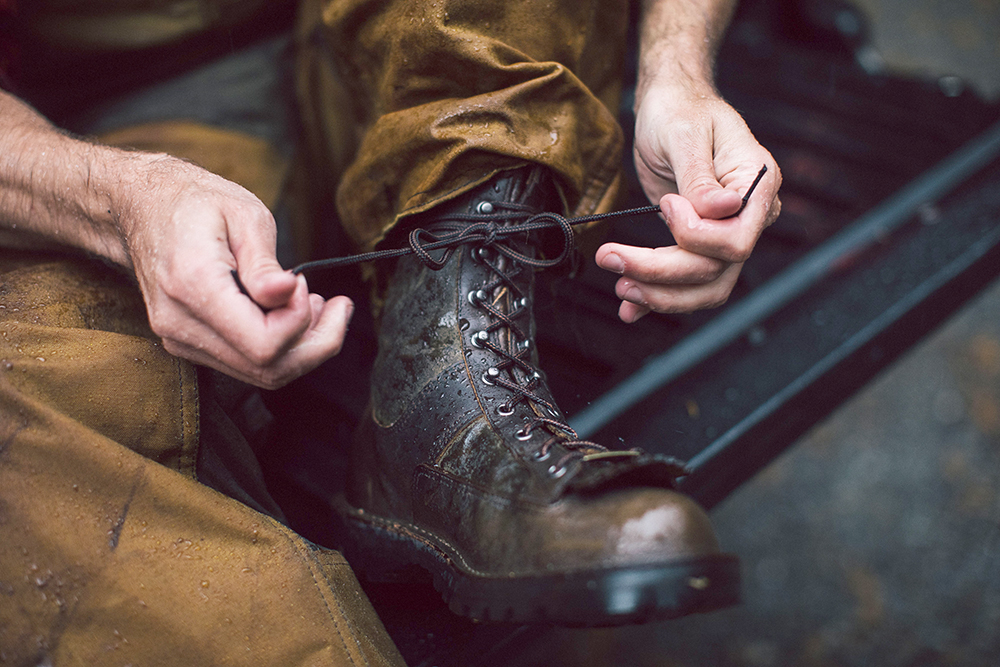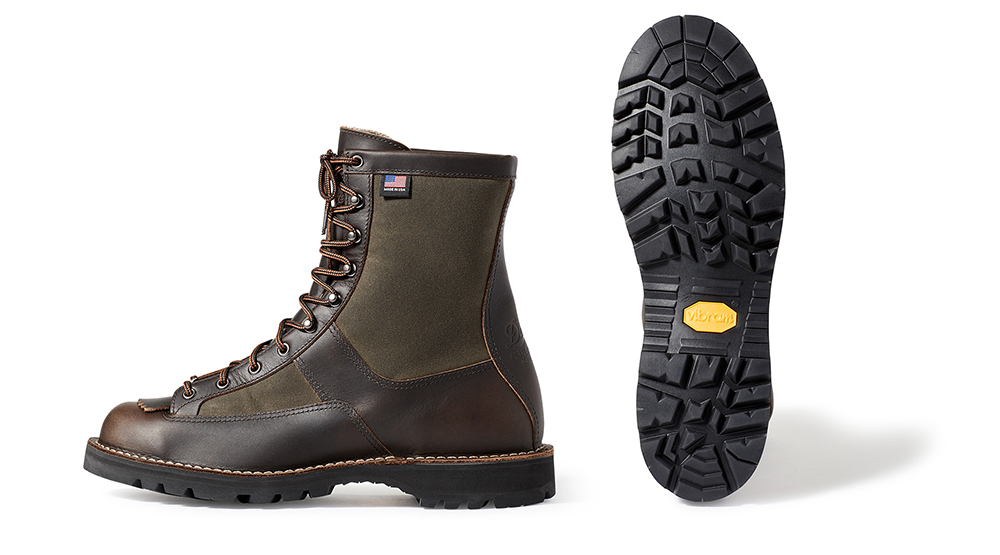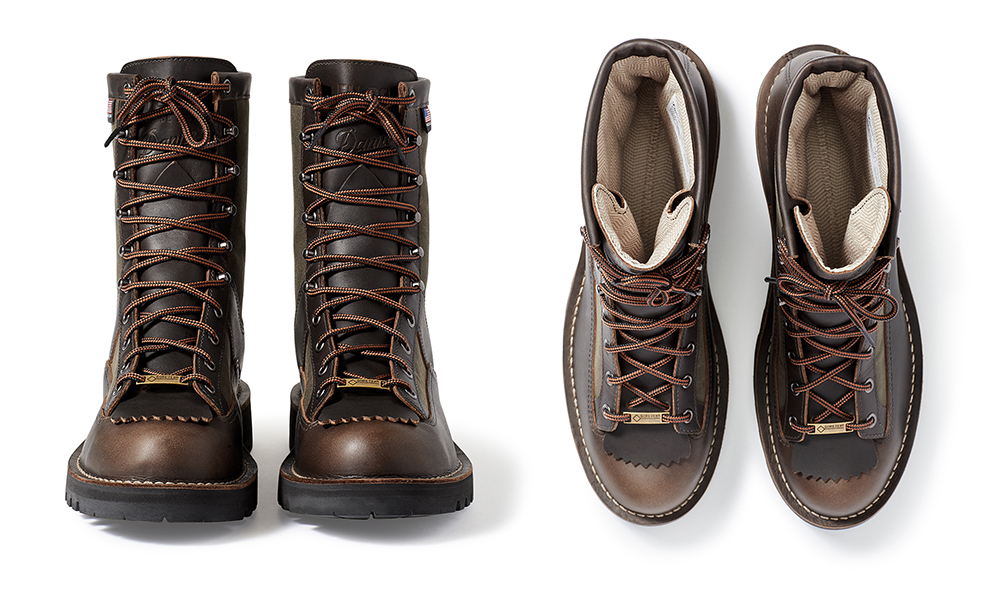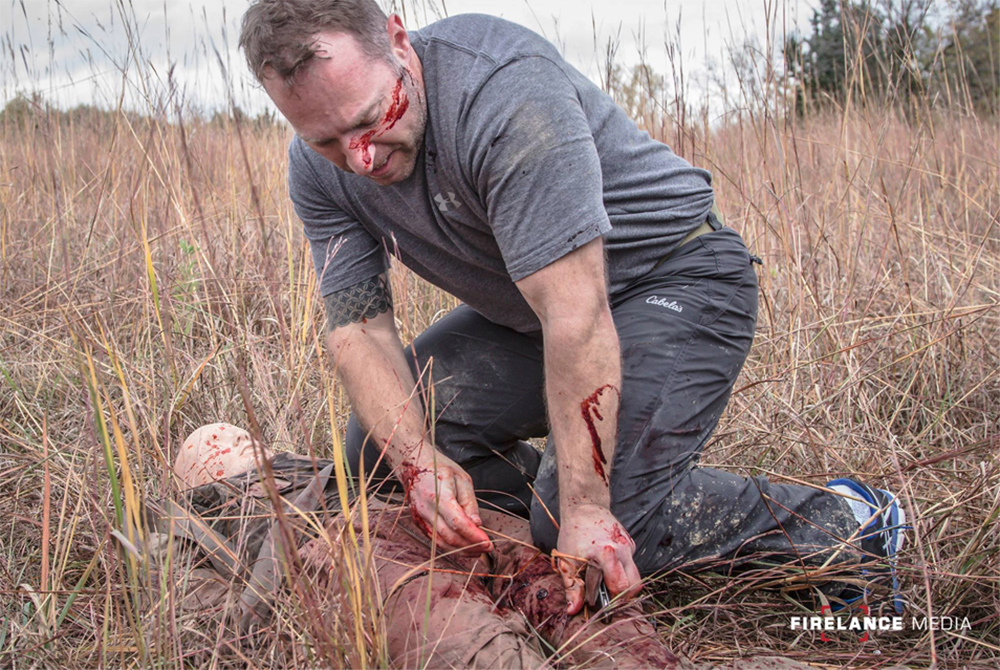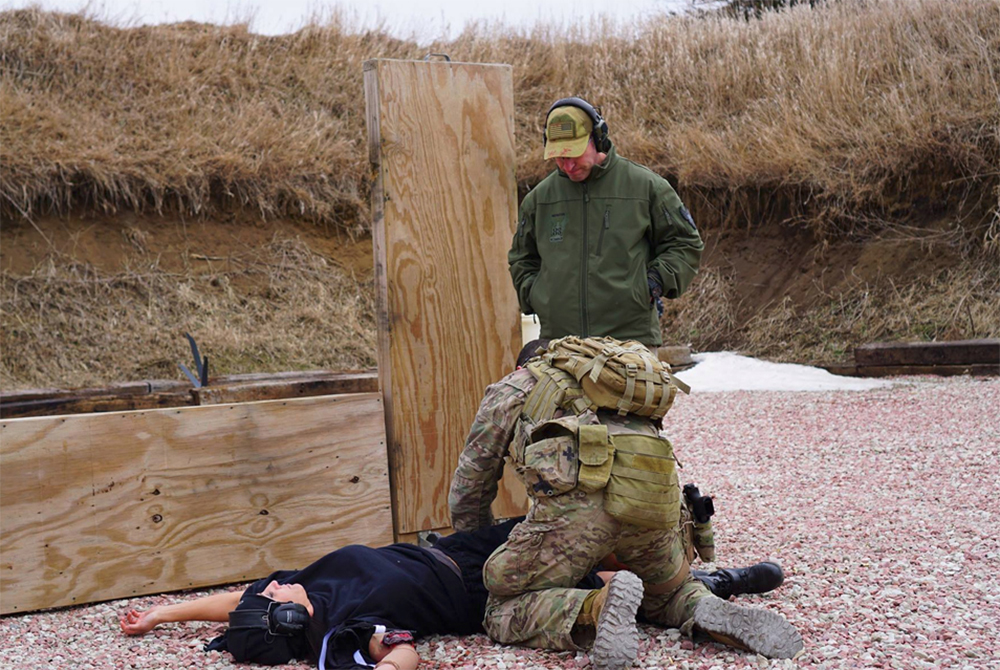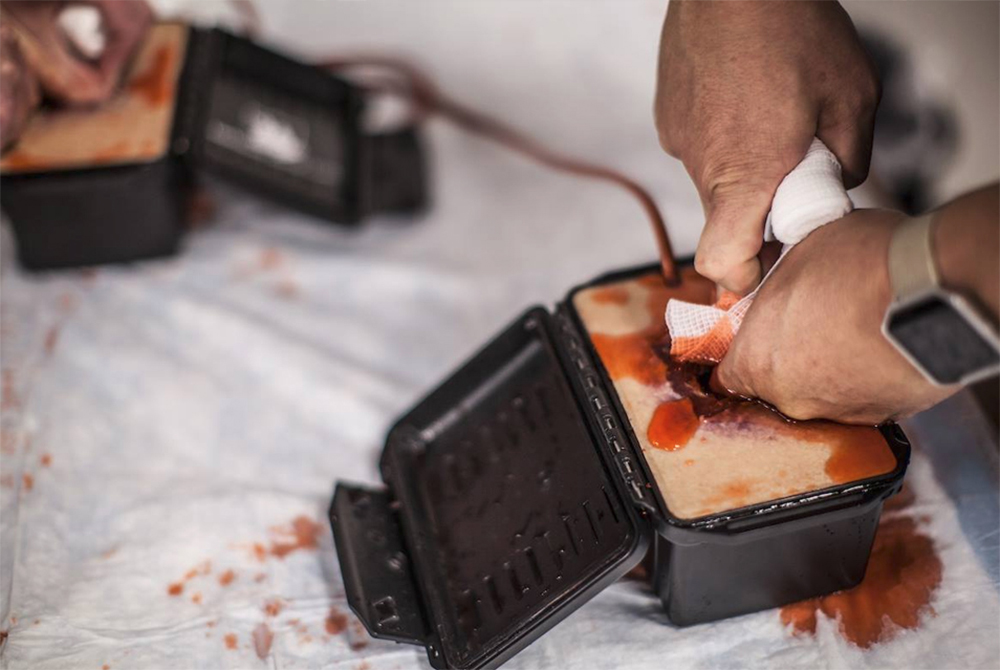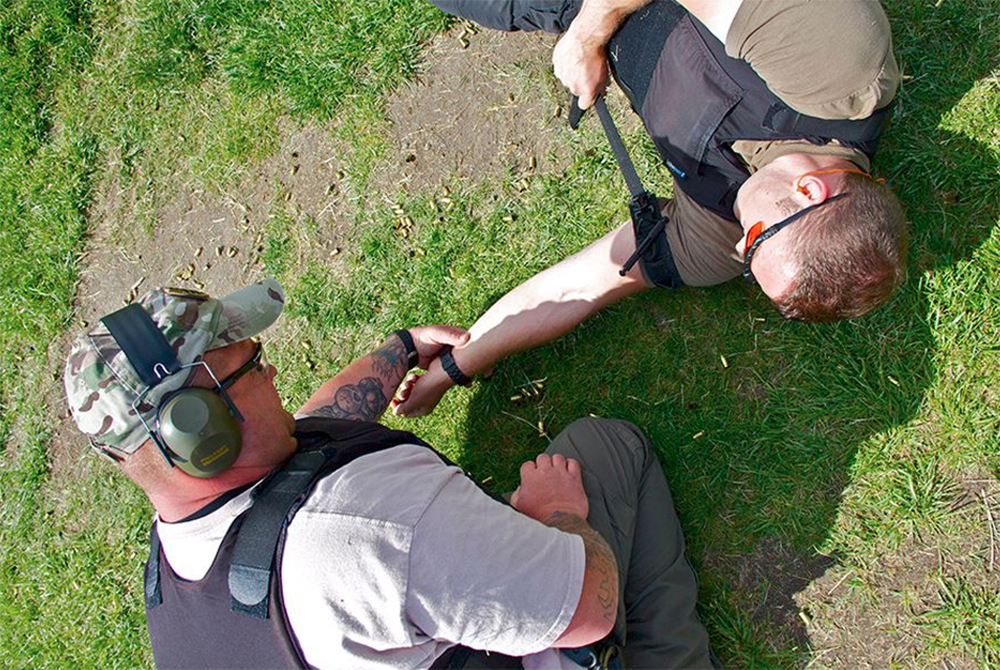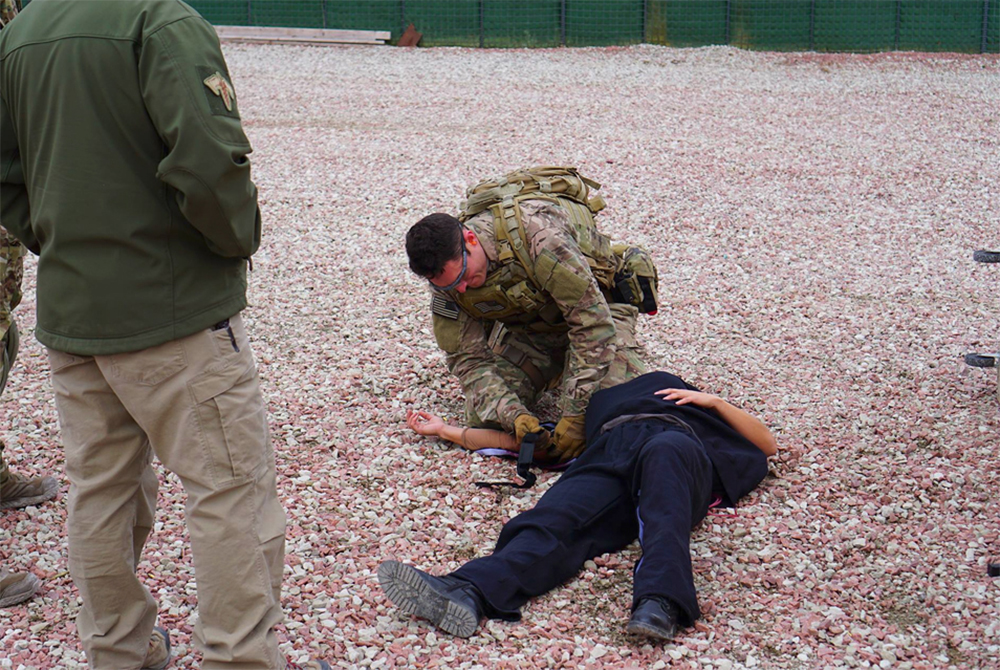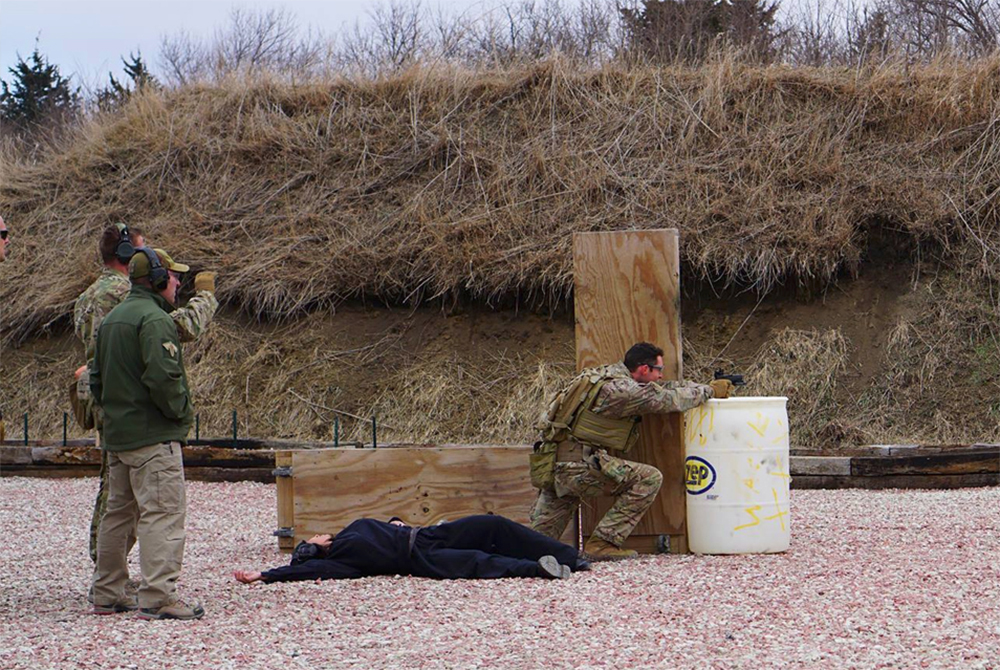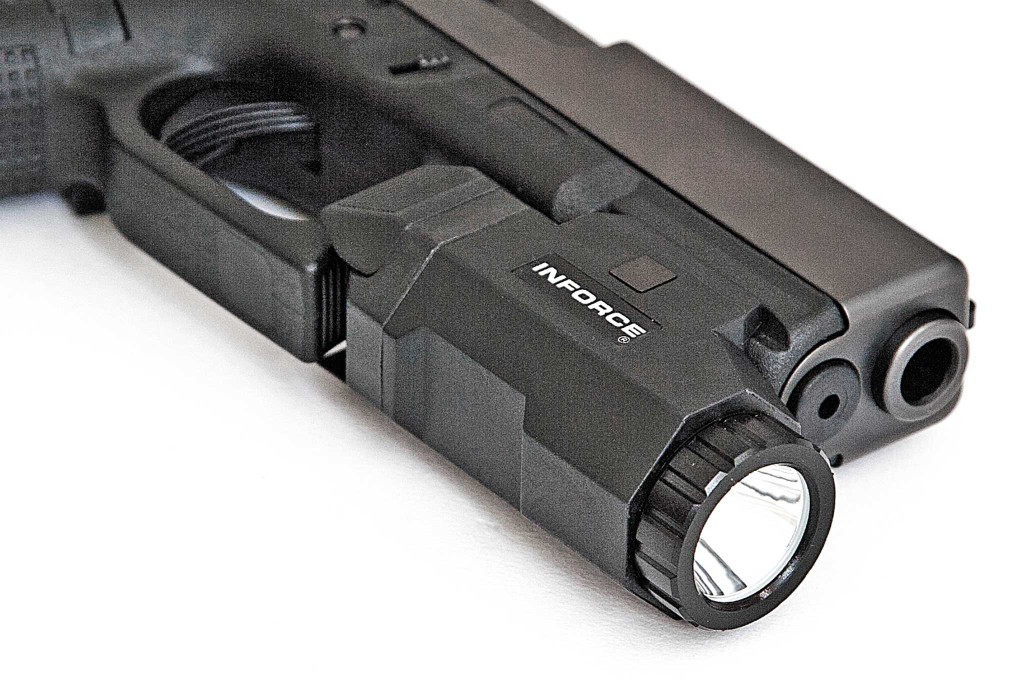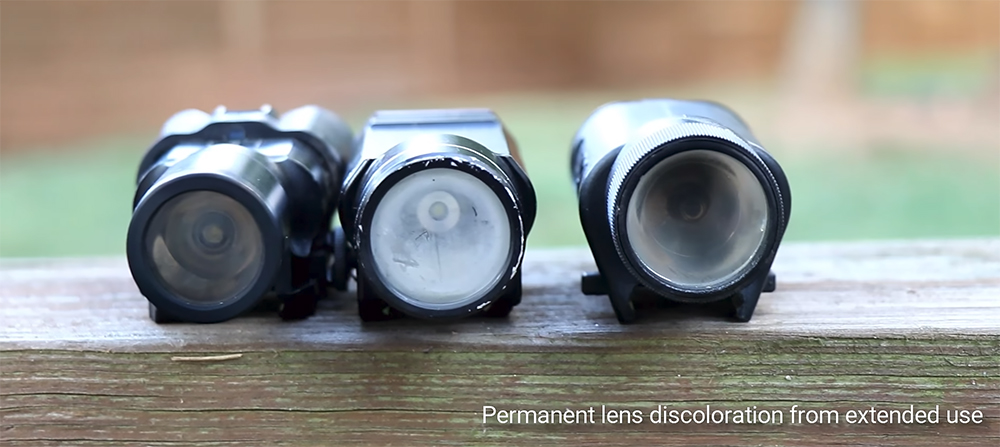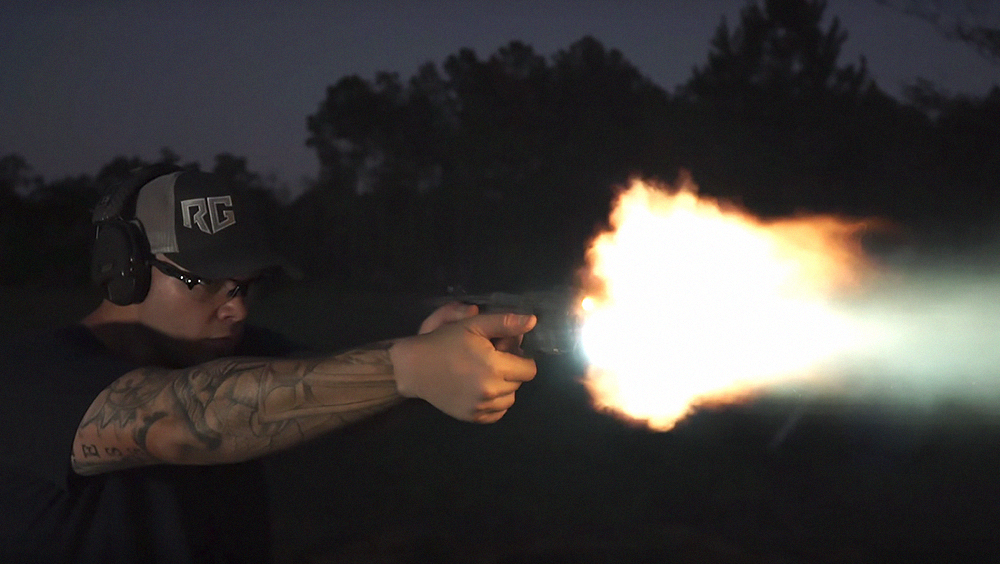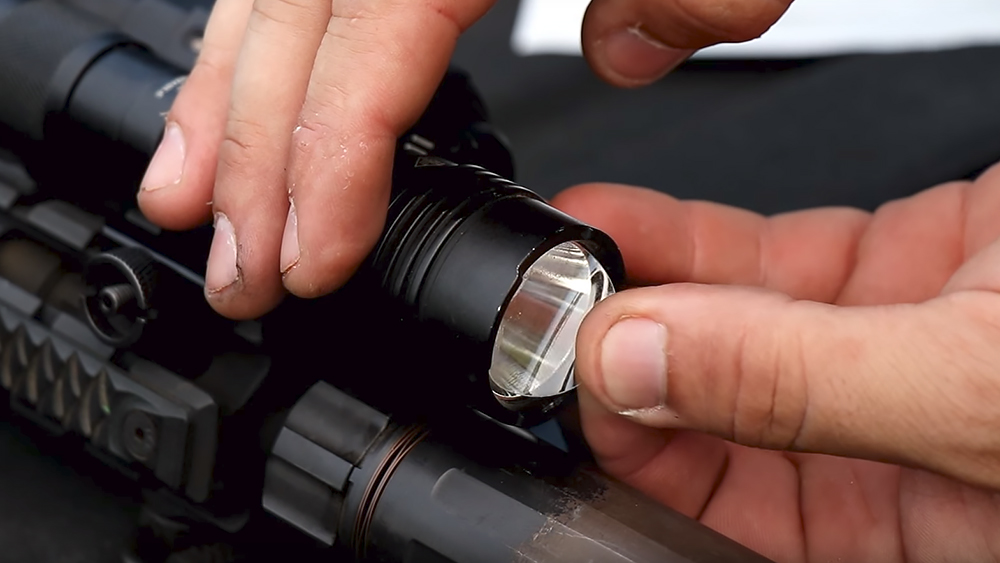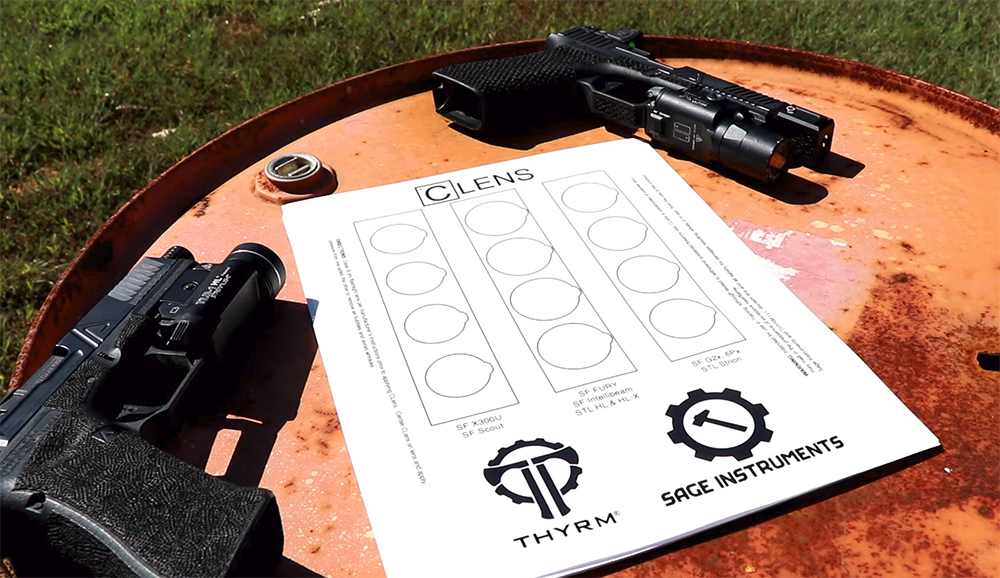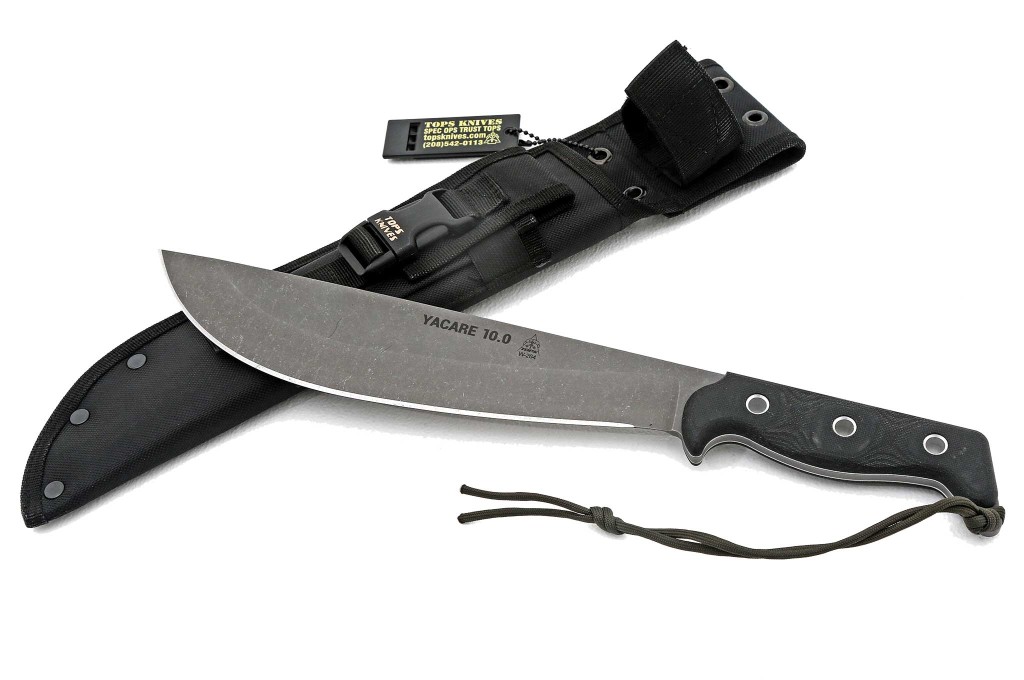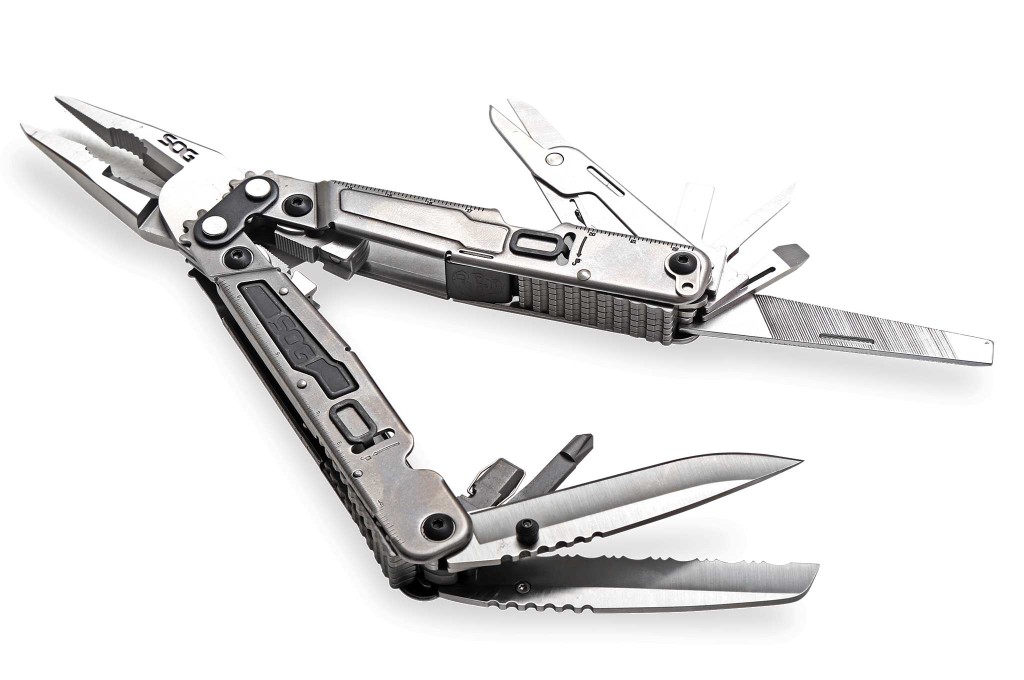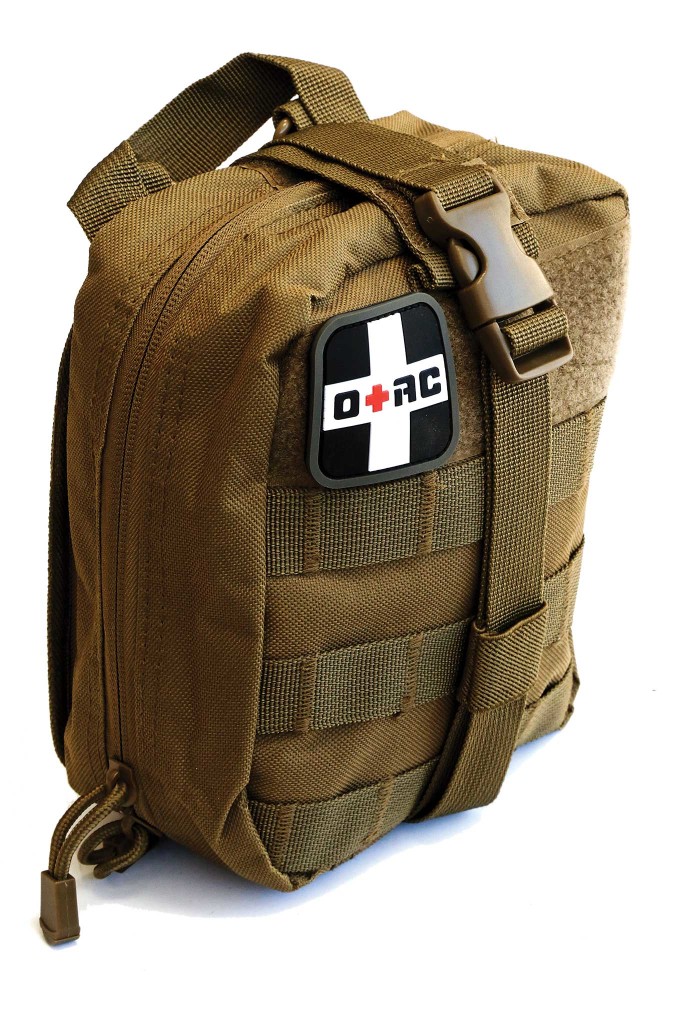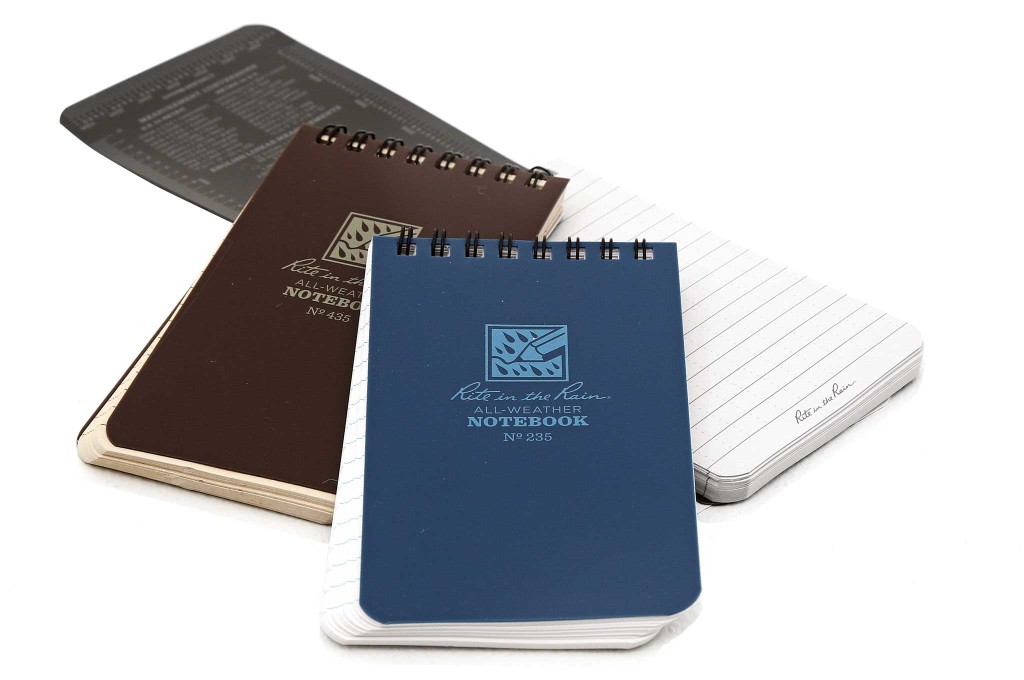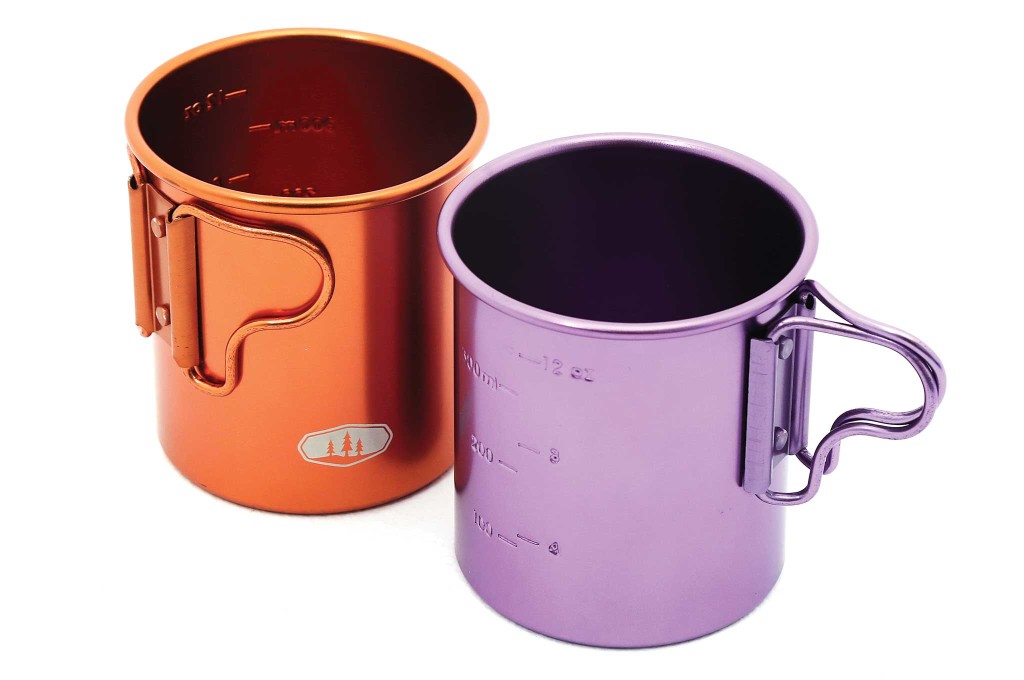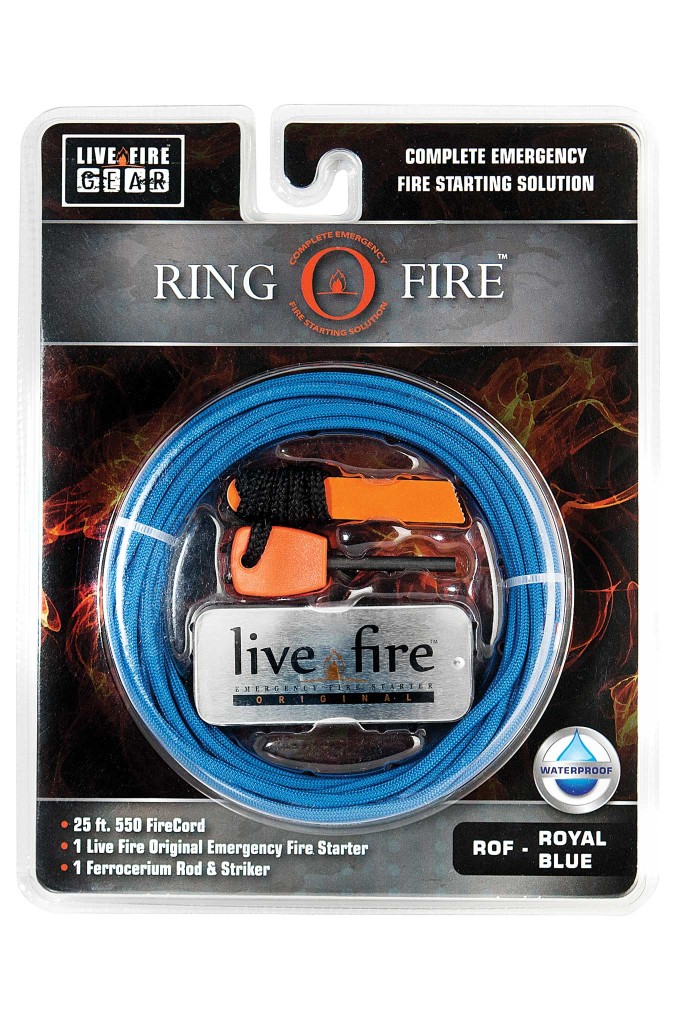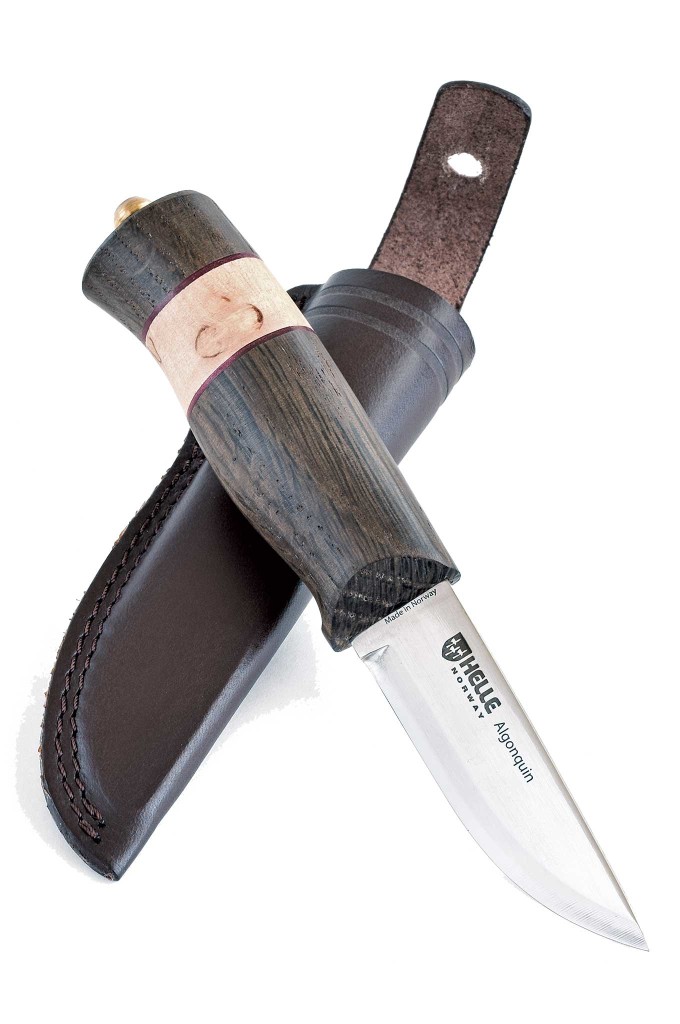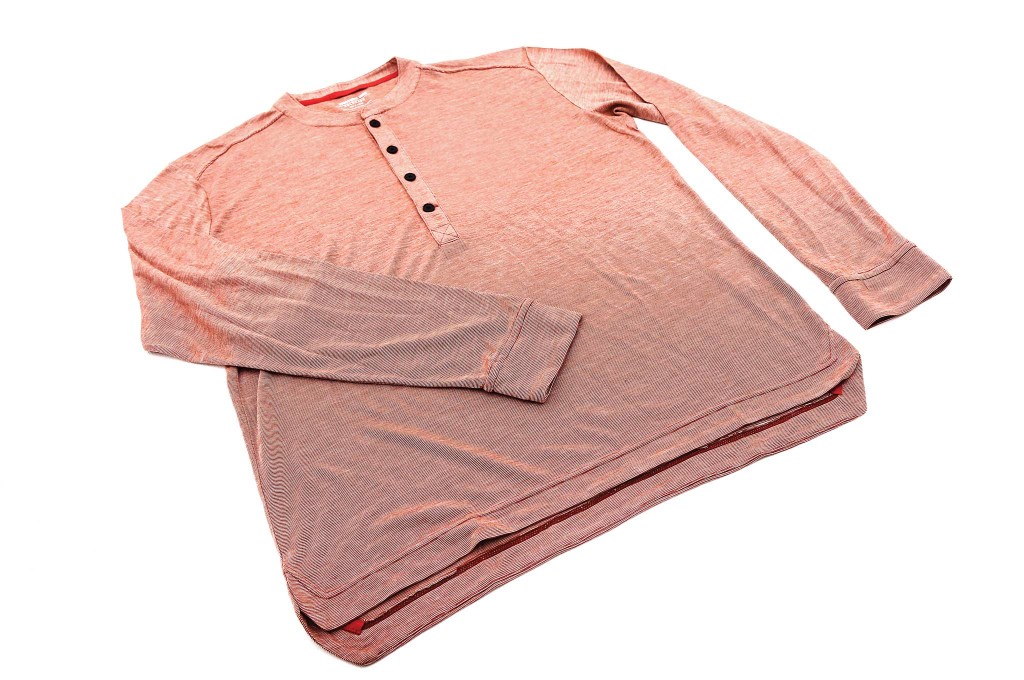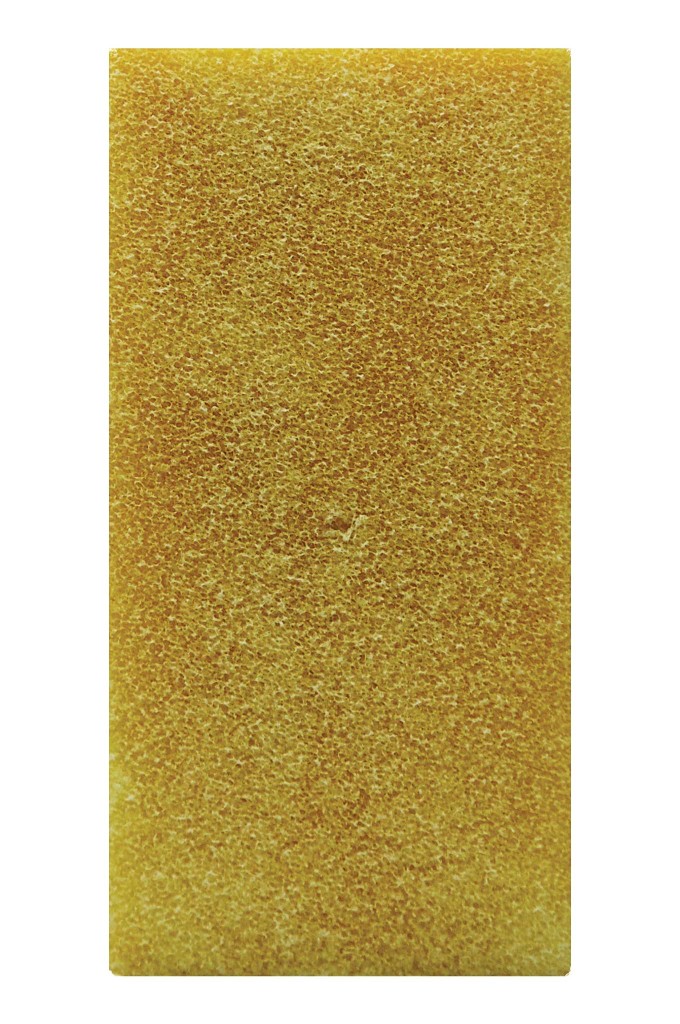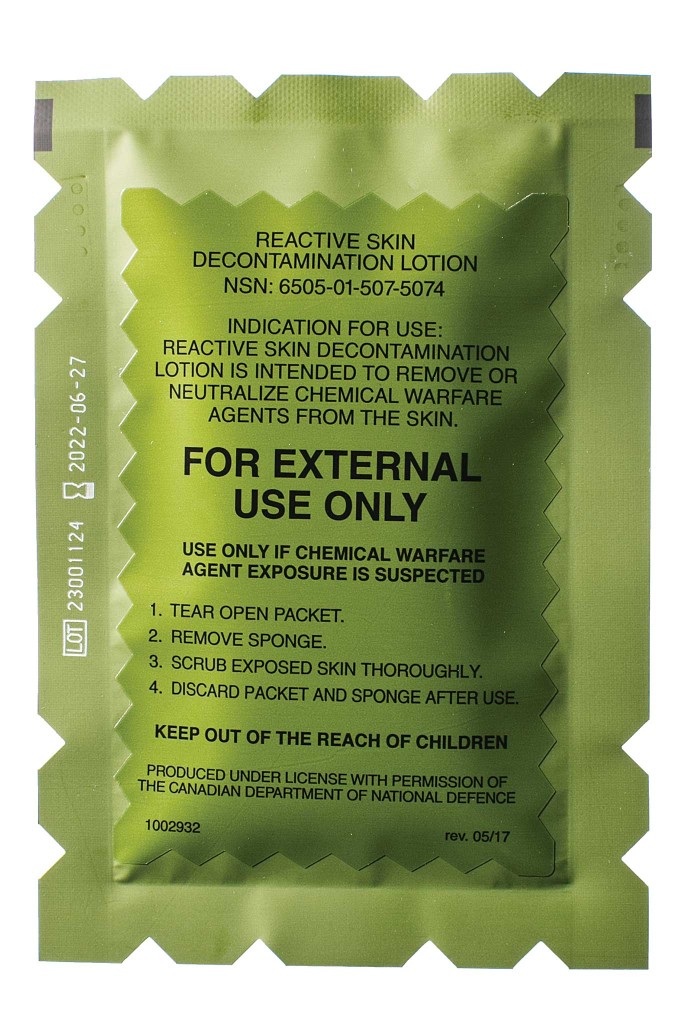Photos by Mountain Motion Media
Recent articles in Business Insider, Forbes, and The New Yorker have all reported that some of the nation's wealthiest individuals are snatching up large swaths of land or even buying abandoned missile silos and converting them into condos in preparation for doomsday. If this is a sign of things to come, then it's definitely time to start thinking about securing your own remote rendezvous.
But where do you start, what do you look for, and what is really appropriate to sustain your family in the event of a long-term disaster?
While it might sound easy enough to fall back to your vacation property a few hours away, play out some hypothetical events first to determine if that's even realistic. If things get haywire, will angry hordes also desperately seek shelter in the same vicinity? Can you and your family reach the area on foot if it's inaccessible by vehicle? Are the altitude, temperature, and surrounding resources conducive to years of potential occupancy?
RECOIL OFFGRID got a chance to check out one owner's hideaway and pick his brain on what his impetus was for buying a secluded property, what his criteria were for choosing the right location, and what he's done to make it livable.
The Writing on the Wall
Joe Galt was born in California, but has lived in Colorado for 20-plus years where he's raised a family and now works as a professional. Although Y2K (and all the hysteria leading up to it) ended up being one of the biggest false alarms in human history, it got him thinking about how things might have turned out if the country had been technologically frozen on a major scale. Heeding this warning, he realized the Denver metro area wouldn't be safe if a similar event wasn't quite as forgiving and began establishing some stipulations for an isolated home away from home.
Through a real estate agent, he learned of a 70-acre parcel in rural Gardner, Colorado, for sale by a private party. Gardner is roughly two hours south of Denver by car, and Galt felt it checked off the conditions that were important to him. Although everyone's needs are different, we'll break down what his prerequisites were and how this property met those requirements.
Privacy
In the aftermath of a disaster, close proximity to dense population centers will draw attention to the resources and people you're trying to defend. The haves and have-nots will become that much more apparent if conditions become desperate. Galt's first order of business was getting away from major cities.
“I wanted an area that had access to roads, but wasn't close to big cities and didn't force us to pass through any while en route to the location,” he says. “I also didn't want to be anywhere people lived and commuted, or near any big industrial production or prisons.”
Galt forecasted some possible disaster scenarios to predict if his location would be in the path of possible population drifts from the closest major cities. If disaster struck, he anticipated those in Denver would head west to the mountains during the summer months because it's cooler. If a catastrophe occurred during winter, and snowplows aren't running, 6 inches of snow or greater is enough to severely limit any mobility in or out of many cities — most people would be stuck where they are until the weather breaks.
Gardner itself has a population of less than 100 people. It's an unincorporated area, and zoned for agriculture. The closest major highway to Galt's property is 30 miles away and has limited traffic consisting primarily of local farming and ranching activity. The city is devoid of tourism and any residential development. His location is 4 miles from any paved road and a mile off the nearest county road. Mail is sent to a P.O. box.
Galt also felt the likelihood anyone would stray 30 miles from the highway during a catastrophe was low.
“This location is hard to find if you don't know where you're going,” he says. “People just wouldn't think there's resources here. If someone has nowhere to go, they'd likely go somewhere they're familiar with like Aspen, Steamboat, or Vail, instead of a small city where they don't know what to expect. People might eventually find their way out here, but having an environment you can control, identify who's who, and block off vehicle traffic is critical — and that's what we have.”
The city of Gardner is essentially only accessible via one highway. The closest cities are Trinidad and Walsenburg, both of which are at least 30 miles away and have populations under 10,000 people according to the latest census data.
Accessibility & Security
The question of being able to get to the property if roads or bridges are blocked, or if transportation is unavailable, was something else Galt contemplated and attracted him to this particular location. Many people are so reliant on driving that they don't bother to examine topography or identify difficult terrain or obstacles that can't be traversed without a car.
There are no major waterways, mountain ranges, or thoroughfares to cross if he and his family had to escape on foot from Denver to his bug-out locale.
“If we had to walk it, we could do it in two-and-a-half days with our bug-out bags,” he says. It's generally assumed that civility will collapse within 72 hours of a major disaster, so this travel timeline works well within that prediction.
If vehicular transportation is still feasible, Joe didn't leave those considerations off his checklist either. Galt turned his '94 Toyota Land Cruiser into one of the most strategically built bug-out vehicles we've ever seen. Check out our article “Self Preservation” in Issue 33 of our sister publication RECOIL to learn more about his truck.
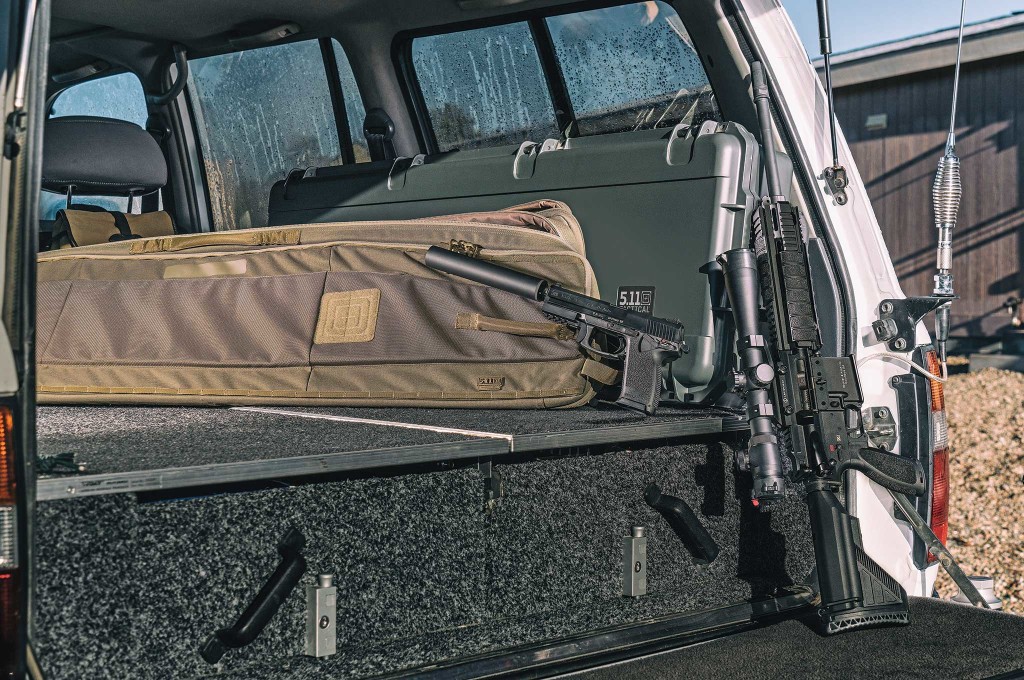
Joe keeps firearms at the ready whether traveling or at home. Shown here is an HK Mark 23 with Octane 45 suppressor, HK...
Galt's property backs up to approximately 4,500 acres of Federal Bureau of Land Management land, so vehicle access is confined to one direction. If he sees someone unannounced coming up the road, there's time to prepare. During his time developing the land, Galt added large rock landscaping to confine vehicular access to a narrow chokepoint. The sloping of the property also has certain spots conducive to natural listening and observation posts to defend against intruders.
As a big believer in personal protection, Galt also focused on finding a location where laws allowed him to store enough firearm provisions to defend himself and his family for an indefinite period. “You're expected to have a gun out here, and it's more shocking if you don't have one,” he says.
Assuming cell or landline connections go down, HAM and C.B. radios kept on the property allow Galt a variety of alternative communication methods. Having cameras as well as motion and security lights on the property also help keep the area protected. His bird-hunting dogs are another early warning system against trespassers.
Threat Proximity
Potential property buyers should also think about nearby threat locations. Ask yourself if you live near a city or installation that a foreign power or terrorist organization could benefit from disabling and how the attack might be carried out. Military bases, major areas of commerce, and powerplants all fit the bill.
The nearest military installation to Galt is the North American Aerospace Defense Command Cheyenne Mountain facility, nearly two-and-a-half hours by car northeast of his location. NORAD is a major military fixture, and potential nuclear target, so Galt considered these possibilities when prospecting the location. “Prevailing winds would send any fallout due east and pose no threat,” he says.
Also, take stock of any jails or prisons that may empty their inmates into the streets (a la Hurricane Katrina) if the situation gets grim enough. You wouldn't want to be in the path of a bunch of fleeing criminals.
“The nearest prison system is over 50 miles and two 14,000-foot [mountain] ranges away,” Galt says. “Odds don't support a successful migration of any criminal element without facing significant determent from locals, geography, and weather. The typical movement would place any escapees into the nearest forest and or population centers. Nowhere near our location.”
Climate & Resources
If you're going to live off the land, inclement weather is another consideration that'll affect a location's sustainability and growing season. Previously, Galt owned property at about 9,000 feet elevation, but harsh weather six to seven months out of the year meant it couldn't accommodate his family the way he wanted. Gardner sits at approximately 7,000 feet and is part of the state's Banana Belt, which doesn't have the climate extremes common to other areas of the state. Since the region is already of an agricultural makeup, the conditions lent themselves very well to long-term occupancy and cultivation. A preexisting apple orchard on the land complements the crops and other vegetation he added.
The National Weather Service reports that Denver receives an average seasonal snowfall of 57.1 inches — something to think about if you intend to grow produce or raise livestock.
“Snow storms 30 miles to the east or west will bury the cities, but I'll barely get 8 to 9 inches during the winter,” he says. “The average summer temperature is in the 70s. We frequent our location at all times throughout the year and have never had an issue making it in our cabin with a four-wheel-drive vehicle. Even at times of 2 to 3 feet of snow, the gradient is subtle enough to allow for access.”
The Huerfano River is a mile away, and the surrounding area allows for duck hunting and trout fishing. Bear, elk, and beaver can also be found nearby if the situation calls for hunting beyond the allowed seasons and regulations if things became desperate, and it were a matter of surviving or starving.
Zoning & Utilities
Something else to investigate prior to purchasing a property are the political obstacles that stand in the way of building and adding the resources you envision. The fewer government agencies you have to go through for construction permits, the less headache (and cost) you'll experience while developing your land.
“In addition to low property and sales taxes, we have reasonable income taxes, and food tax is nothing. Fuel prices and groceries are typically 40- to 50-percent lower than anything along the I-70 corridor, the most common location for seasonal landowners,” he says. “The zoning laws are very limited and allow for full access to nearby BLM land as well as the tens of thousands of acres of forested ranching land.” The only other people who have access to the property when Galt isn't there is a local cattle rancher who leases the property from him for grazing purposes. This qualifies him for an agricultural tax exemption.
Although Joe had power pulled in, the Department of Homeland Security built a listening tower nearby and needed to run power through his location. Joe was able to be the beneficiary of this coincidence and keep his electricity costs low. He also keeps redundant generators and a fuel station on the property consisting of 300 gallons of fuel and 1,000 gallons of propane. He plans on installing solar panels and wind generators in the near future.
Opting not to pull in standard sewer and water, Galt installed a well on the property that comes off a natural spring. He not only uses it for irrigation, but it also serves as his drinking water, and he stores 3,000 gallons in an underground tank. Two manmade ponds fed by the spring were also added to the property and hold 20,000 gallons of water. Sewage is contained in a septic system.
Building & Supplies
While you might expect the location to look like some super-fortified structure to wait out the apocalypse, its unassuming appearance allows it to blend in with other homes in the area and avoid calling attention to itself. Joe hired a company to build everything from scratch. Gravel was added around the main structures to help keep the dust level down. The main cabin is 2,100 square feet and has practically all the trappings of your average home. Galt also keeps enough food on site to feed a family of eight for a year.
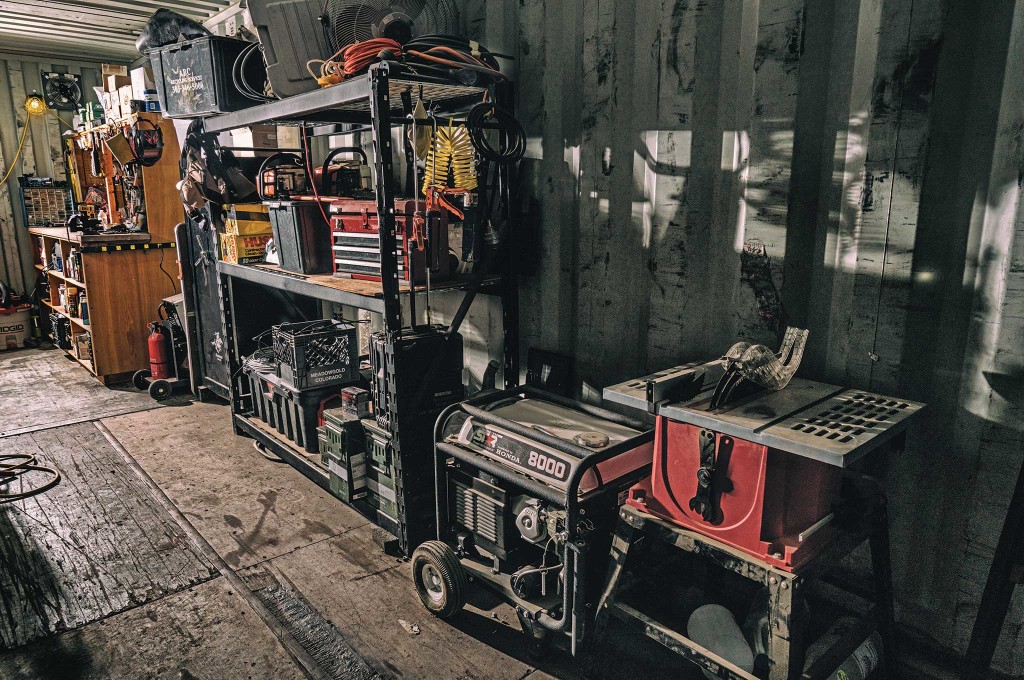
Do you have the tools to repair vehicles, home damage caused by weather or looters, or fabricate needed supplies? If...
For storage, a 53-foot shipping container houses tools, air compressors, welders, and off-road vehicles. A 40-foot shipping container serves as an additional shelter and contains assorted equipment, extra food, and a supplemental kitchen. A barn also allows storage of hunting gear, firewood, and other tools. Kayaks, ATVs, mountain bikes, and snowmobiles also reside on the property.
“I wanted efficient, capable vehicles that had low usage of resources when we finally reached the property, and we can do about 120 miles on 4 gallons of gas in an ATV,” he says.
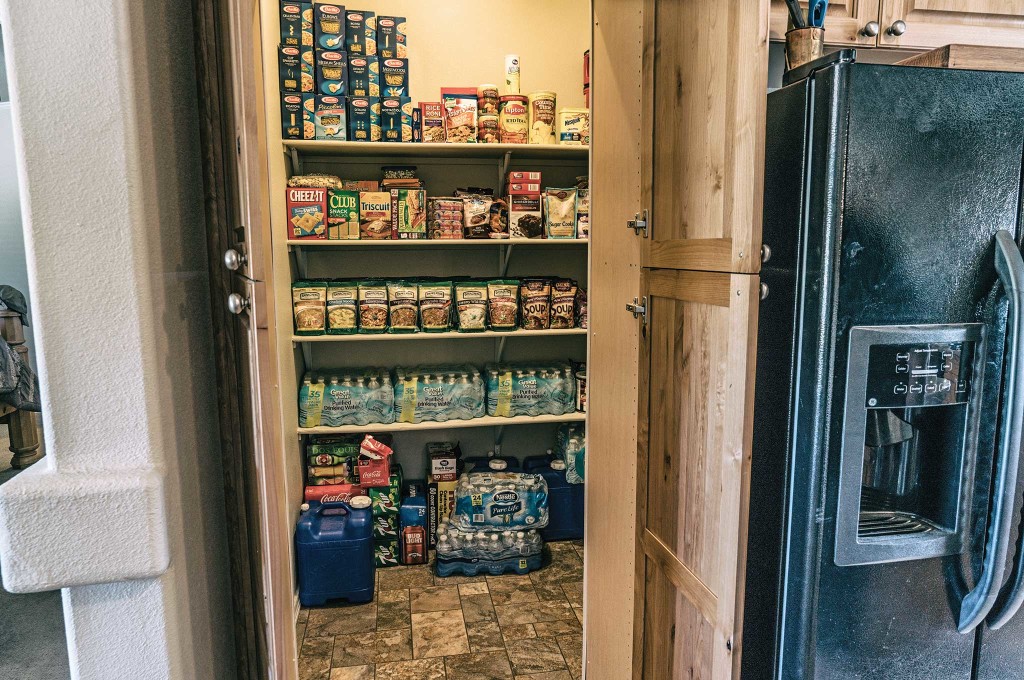
Remember that purchasing a bug-out property is only the first step. Stocking it with enough food and water to sustain...
Does it Make Sense for You?
When it comes to getting a secondary home for emergency purposes, you might have every intention of buying or building something to try and mimic the daily routine you once knew, but a bug-out location should revolve around what's practical for dire circumstances. Civil stability and infrastructure may not return for a very long time. Get out of the vacation home mentality and start thinking about a long-term, clandestine existence with the kind of surroundings and architecture that makes sense for that. You're going to be living off the land, and whatever food and supplies you've managed to save up. Assume you may have to defend those supplies with your life.
Although it's logical to combine a secluded location with activities you might enjoy, like skiing or hunting so it's also practical for recreational purposes, be prepared to put the time, homework, and money into making it feasible for survival.
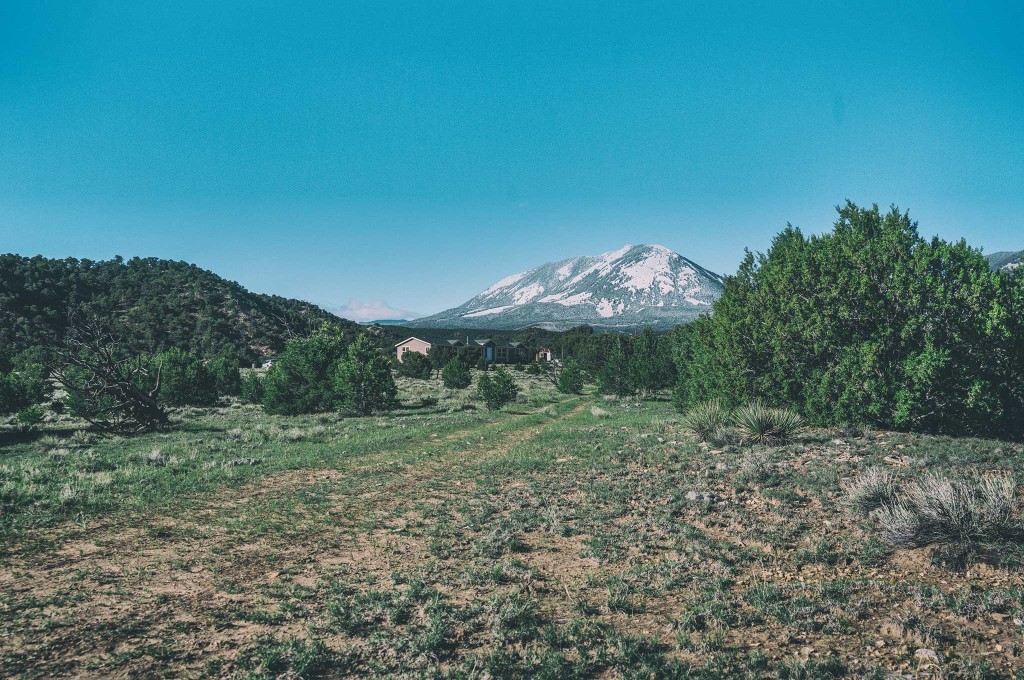
“You have to have functionality and make sure it'll be conducive to something you enjoy. It's got to be a labor of love though, as it takes a lot of work to make it livable,” Galt says. “Don't buy it for vanity.”
Joe estimates he's put in about $250,000 to get the property to where it is today and that doesn't include ancillary supplies. Not bad when you consider the benefits it offers, but it's still something that took several years to build and ongoing dedication to maintain.
Research city and county zoning requirements online to become familiar with the rules of the jurisdiction you're prospecting before you break ground. Regulations regarding setback from adjoining properties, easements from adjoining neighbors (ability for them to drive on your property), and installation of septic systems and wells are all things to keep and mind and could result in hefty fines if you deliberately or inadvertently ignore them. Also see our article “Safe Haven” in the Fall 2014 Issue of RECOIL OFFGRID for tips on buying a bug-out location.
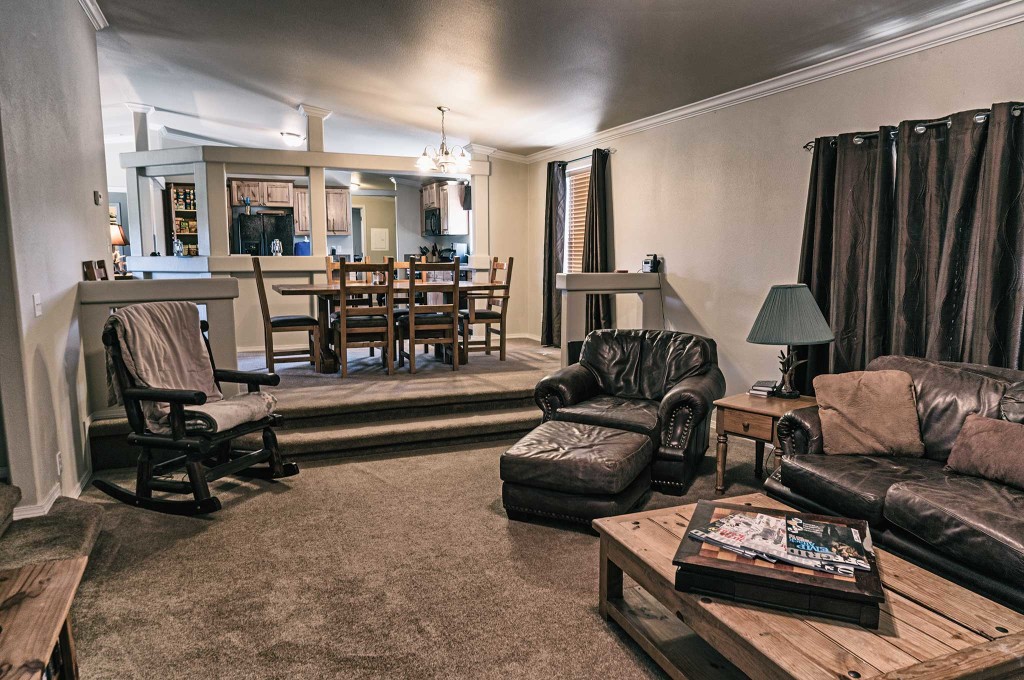
Living off the grid doesn't always have to mean sacrificing comfort, or even style. It just takes enough time and...
Vetting a Real Estate Agent
Don't get taken to the cleaners. Pin down potential real estate agents with as many questions as possible until you feel like you're comfortable with their level of knowledge. Buying a home or large piece of property is one of the biggest purchases of your life. Here are some tips to help you find the right person.
- Find a real estate broker local to the area of purchase.
- Use a multi-office firm.
- Use an experienced broker who has been in the business at least 10 years, not just a new real estate agent.
- Ask for references from past sellers and buyers.
- Ask escrow officers for real estate firm recommendations.
Finding and Developing Rural Property
Most residential real estate agents won't have the expertise you need to help you find and build on property suitable for a bug-out location. Read these recommendations to locate rural, vacant land; not just an empty lot in an area that faces the potential of surrounding development that would encroach on your desire for seclusion.
- Real estate brokers local to your desired area can use the MLS (Multiple Listing Service) to find available properties
- If possible, buy a property that's not for sale by talking with the landowner. You can avoid paying a 6-percent sales commission this way. Many people don't think of selling until someone offers to buy.
- Review the rules of building in rural area with controlling jurisdiction with emphasis on zoning and building department regulations.
- Find locations of the nearest water and sewer and review any issues that could impact your desired construction.
- Inquire with jurisdictional planning department to check to see if your selected property is near any future planned development.
More From Issue 22
Don’t miss essential survival insights—sign up for Recoil Offgrid's free newsletter today!
Read articles from the next issue of Recoil Offgrid: Issue 23
Read articles from the previous issue of Recoil Offgrid: Issue 21
Check out our other publications on the web: Recoil | Gun Digest | Blade | RecoilTV | RECOILtv (YouTube)
Editor's Note: This article has been modified from its original version for the web.


